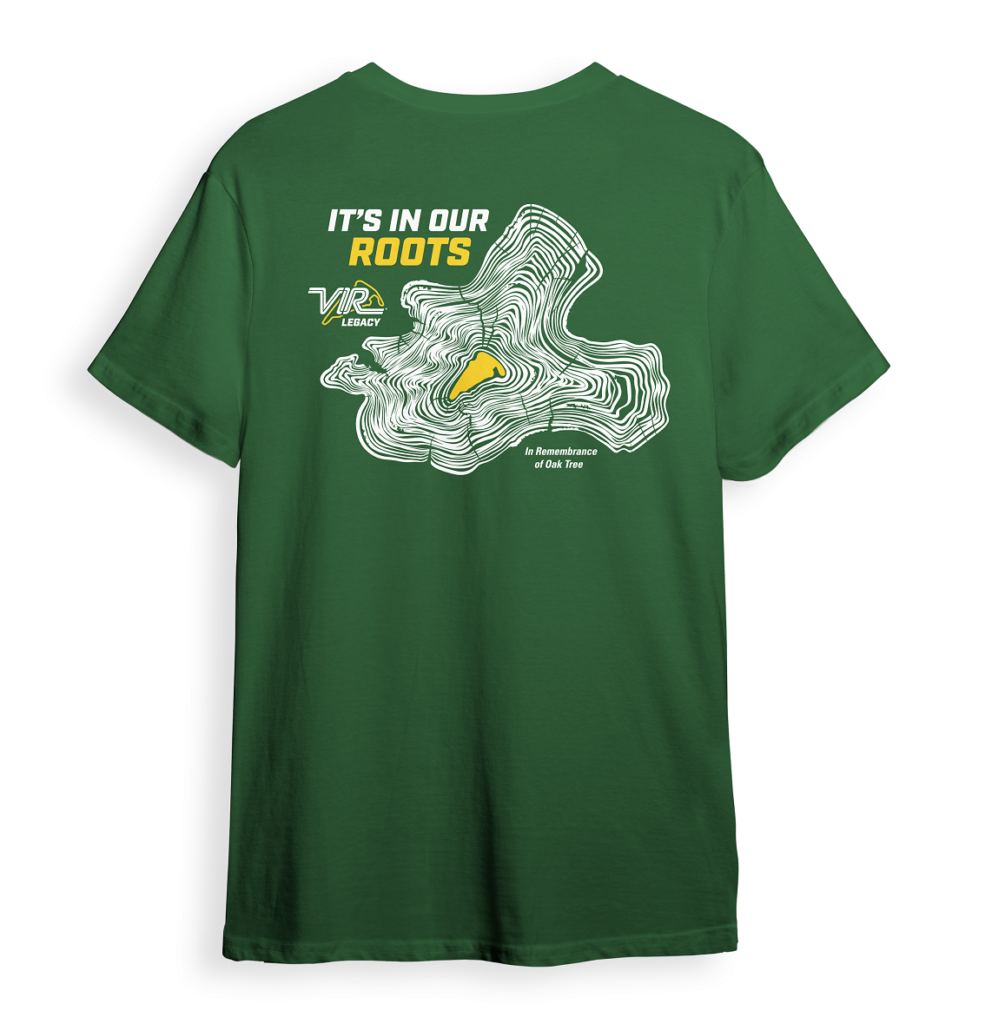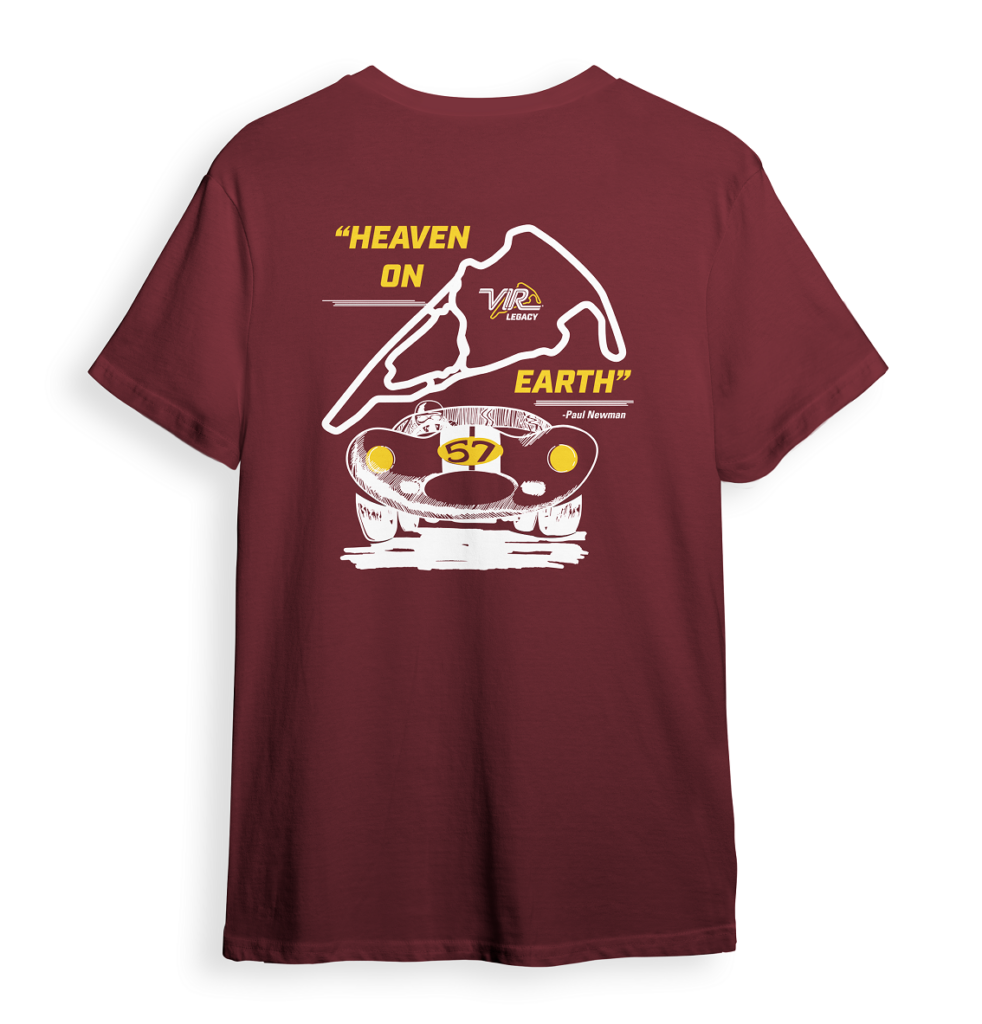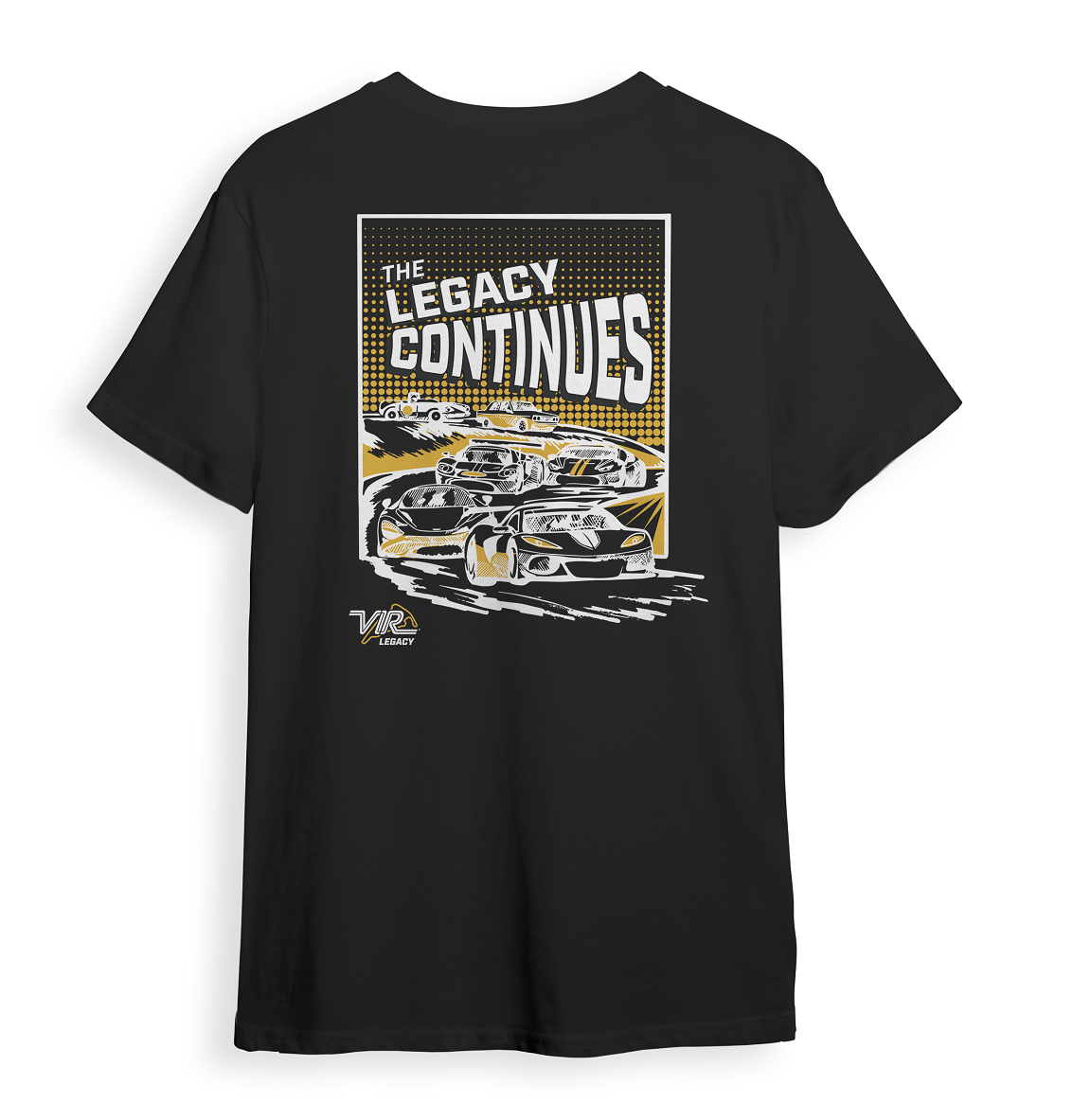VIR History
From early years, to its reopening in 2000, VIR has an extensive History.
Shelby Takes the Win
Railroad Runs Through VIR
South Bend
Civil Air Patrol
Famous Curves
The story goes that automobile racing began just a few hours after the second car was built.
In fact, the first automobile race took place in France in 1894, from Paris to Rouen. The first American race took place the following year, a round-trip race between Chicago and Evanston, Illinois.
In the early 1900’s, road racing in America was staged on public roads, following the trend established in Europe at the turn of the century. The Vanderbilt Cup and the American Grand Prize were the two premier events of the time, and the most famous races were held in Long Island, NY, Savannah, GA, Milwaukee, WI, and Santa Monica, CA.
Soon road racing became overshadowed by oval track racing and it wasn’t until after World War II that organized road racing would become popular again. Thanks to America’s post-war prosperity and enthusiasm, as well as the influx of sporting automobiles from Europe, such as MG, Jaguar, Ferrari, Maserati and Alfa Romeo, road racing quickly gained popularity and momentum. The Sports Car Club of America, founded in 1944, paved the way for the sport with its first race at Watkins Glen and later at similar tracks in Bridgehampton, NY in 1949 and Elkhart Lake, WI, Palm Beach Shores, FL, and Pebble Beach, CA in 1950.
1957: VIR Opens
In 1955, a group of North Carolina car enthusiasts began their search for a possible racetrack location. They soon found the perfect site on the state line on land owned by the Foote Family and VIRginia International Raceway opened for business in August of 1957. The group leased the property as Sports Car Enterprises. VIR’s first official event was an SCCA race that attracted stars like Carroll Shelby, Carl Haas, Bob Holbert, Augie Pabst, Bob Grossman, Don Yenko, Dr. Dick Thompson, Walt Hansgen and Bruce Jennings. Shelby, who would later go on to worldwide fame by winning the 24 Hours of Le Mans in 1959 and creating the iconic Cobra sports cars in the early 1960s, won that first feature race at VIR in a Maserati 450S. The iconic Texan uttered a quote about the track that is remembered to this day, “one lap at VIR is like a hundred at Watkins Glen.”
VIR’s Early Years
As one of the first permanent American road racing tracks, VIR soon became a fixture on the SCCA circuit and a favorite among racers due to its high-speed straights, challenging turns and dramatic elevation changes. However, being located in the heart of stock car racing country, VIR wasn’t able to attract the big road racing crowds like those enjoyed by Watkins Glen and Elkhart Lake.
As a result, Sports Car Enterprises was forced to relinquish its lease on the Foote family’s property in 1959. Danville’s Colonel Paul Rembold took over the lease and the track fell under the control of the Civil Air Patrol. Colonel Rembold and his track manager Henry Wallace were more successful in the operations through the 1960s, attracting thousands of fans to VIR’s sports car, motorcycle, and kart races. Among the highlights was the fourth-ever SCCA Trans-Am race in 1966, won by Tom Yeager and Bob Johnson in a Ford Mustang over a field that included NASCAR stars Richard Petty, David Pearson, Curtis Turner, and Wendell Scott.
Additional memorable races include the first-ever IMSA GT race in 1971, won by Peter Gregg and Hurley Haywood in a Porsche 914-6 GT, and a return engagement by IMSA in 1972, also won by Gregg and Haywood in a Porsche 911S. The track fell on hard times in the early 1970s. Combined with the fuel crisis of 1973, that spelled the end for VIR. The track was closed following an SCCA endurance race on October 13, 1974.
The Rebirth of a Legend
VIR reverted to farmland for 25 years until 1998 when investors Connie Nyholm and Harvey Siegel decided to leave their careers in New York real estate and resurrect VIR. Their vision for the weed-infested, overgrown facility was more expansive than anyone could have imagined.
Reopening in 2000, the historic track was renovated to become a world-class road racing circuit repaved and widened, while still following the track’s original centerline. In addition, Nyholm and Siegel transformed VIR into America’s first “Motorsport Resort,” a unique combination of a racetrack, lodging, dining, skeet shooting, pistol, and rifle ranges, karting and more.
Within two years of reopening, VIR began hosting the top professional sports car and motorcycle racing series in America, as well as welcoming back the amateur racers of the SCCA, whose North Carolina Region was thrilled to have their “home track” back. In early 2013, Siegel retired from ownership, and Nyholm became one of the only female majority owners of a racetrack in the country. Under her guiding hands, VIR has received international acclaim as one of the world’s most beautiful and challenging circuits, and continues to push the envelope of how a racetrack is viewed.
Prior to the start of the 2014 season, Nyholm once again led the charge in initiating several updates at VIR including repaving the track’s Full Course for the first time since 1999, widening the track by six feet at several locations to allow easier passing, moving the start and finish line to just after pit row for better viewing for spectators, and paving the North Paddock to ensure an even and smooth surface for fans and drivers alike.

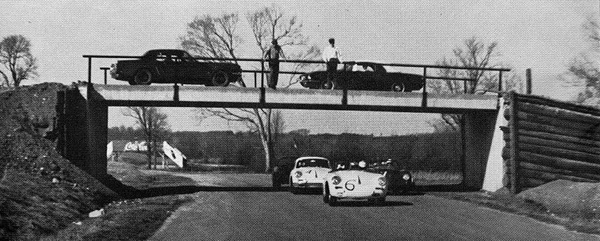
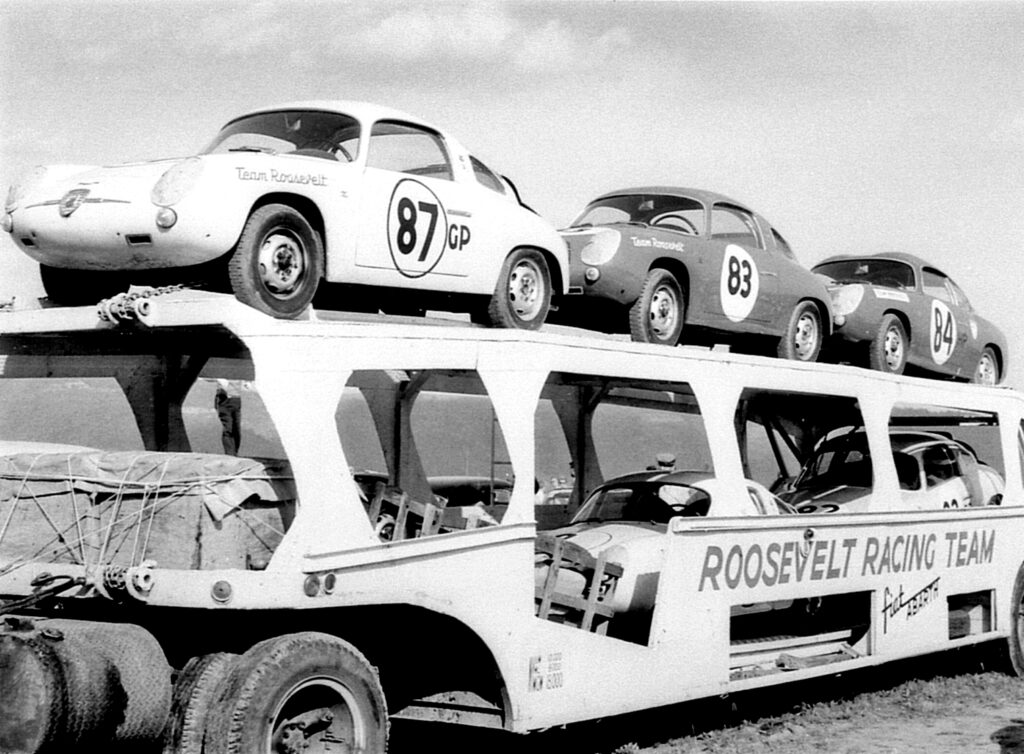
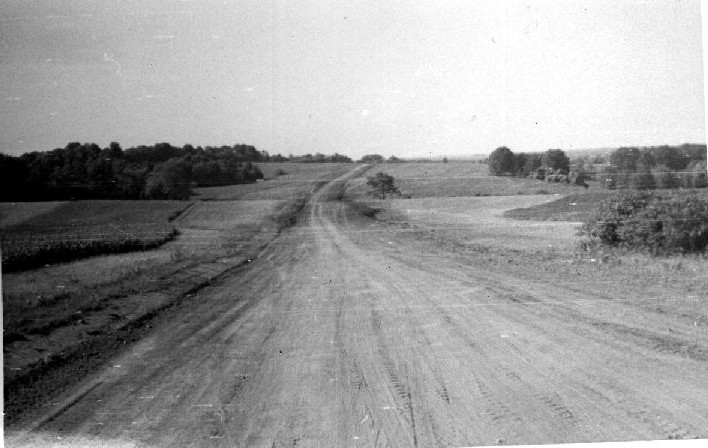
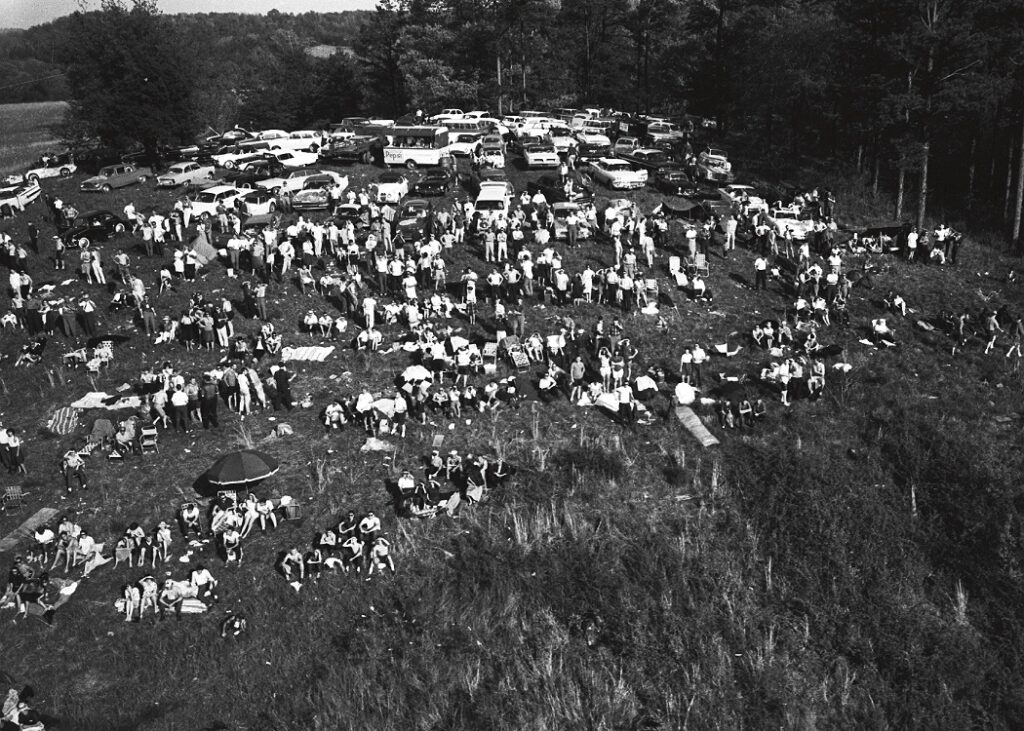
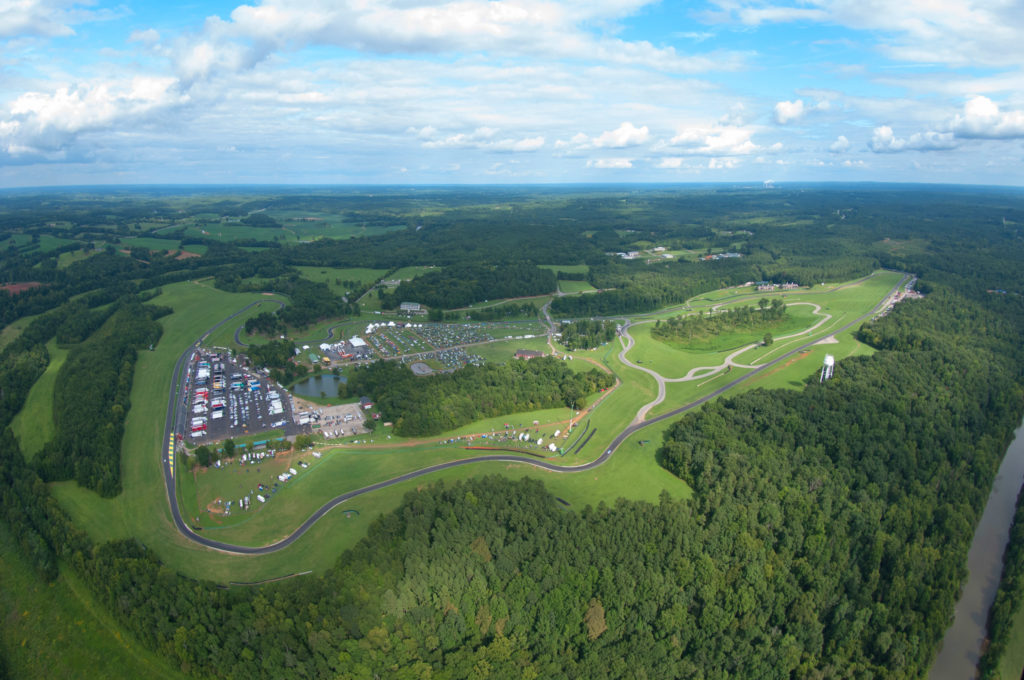
Learn More about VIR History
Early Construction
On August 15, 1956 a small group met to hold a press conference at a remote farm located on the banks of the Dan River near Milton, North Carolina. Their purpose was to announce the building of a racetrack unlike anything ever seen in the heart of stock car racing country. They announced plans for a road course for sports cars, far different from the high-banked oval courses being constructed for stock car racing throughout the South. At that time there were only two permanent road courses in America and they were located in Elkhart Lake, Wisconsin and Watkins Glen, New York.
A Newspaper Article from the Danville Register in 1956 said “Imagine 100,000 people at Milton N. C.! But if plans for an international road-racing track near the North Carolina community work out as the promoters say they will, then the day may not be far away when 100,000 or more racing fans flood into this area for the big events.
The first public announcement of the project was made yesterday by the officials of the sponsoring organization – Sports Car Enterprises of Virginia, Inc. The track, a 3.6-mile long twisting, turning asphalt trail, will be known as the “Virginia International Raceway.”
The site is 10 miles east of Danville, just inside the Halifax County line and just over the North Carolina line from Milton. The property is being leased from J. B. and J. A. Foote who own some 1,200 acres in the area. The track lies in a long, sweeping bend of the Dan River and can be reached from either Milton or a Rt. 58 turn-off south of the river.”
Sources: VIR History by Nick England
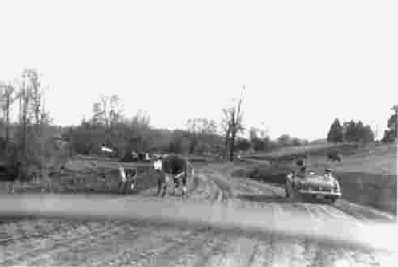
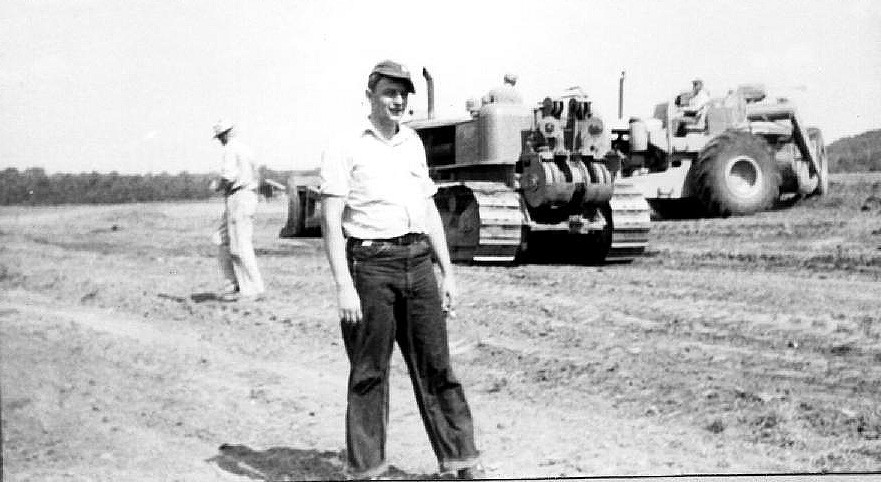
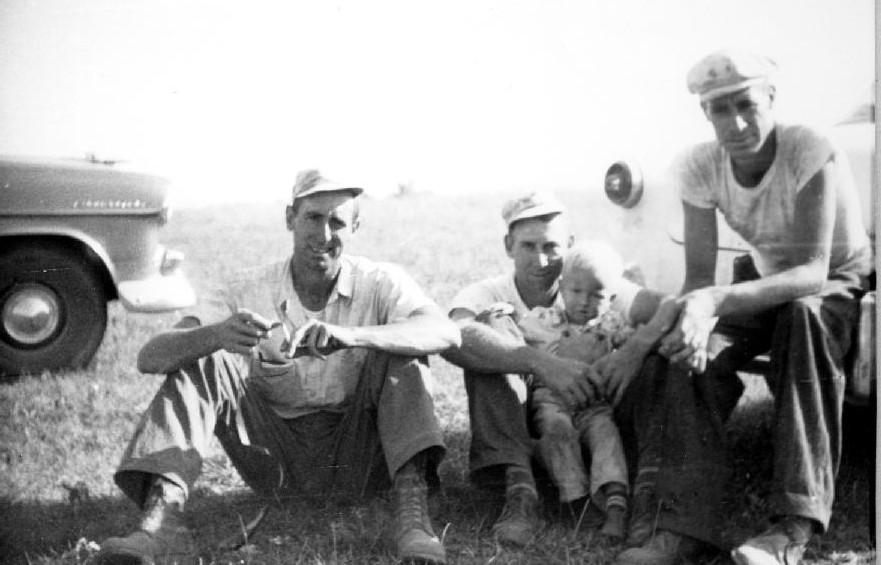
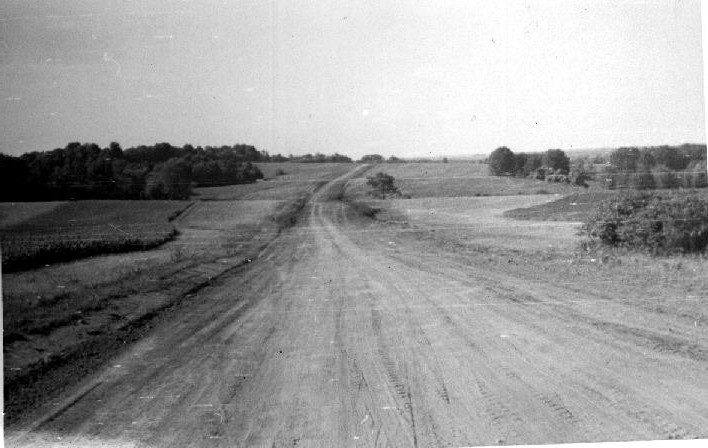
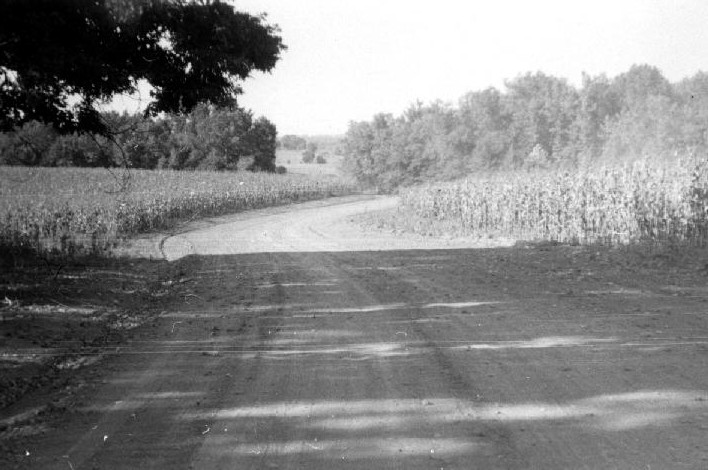

The Oak Tree
Before its fall in July of 2013, the famous Oak Tree stood proudly at the South End of the track.
Press Release announcing the fall of the Oak Tree:
Alton, VA, July 2, 2013 – There is no easy way to say this – The Oak Tree is down. The iconic landmark that has come to symbolize VIRginia International Raceway has fallen, broken at the base.
“We are in shock and mourning,” said track owner Connie Nyholm. “We’re too busy right now trying to get the racetrack cleared of debris. We are grateful no one was at the corner station or on track when she fell and that there is no damage to the track surface. Tomorrow we’ll begin to get our arms around what this really means, but I can tell you that it means more than any of us want to think about today.”
The massive oak stood sentinel at the south end of the racetrack, looking out from the highest point on the property at the sprawling facility and its 3.27 miles of serpentine asphalt that has come to be regarded as the most challenging in North America, if not the world.
Its branches shaded the apex of the legendary Oak Tree Turn, looking down on the likes of Roger Penske, Walt Hansgen, Tom Kristensen and Richard Petty as well as a host of race drivers from the brilliant to the not so.
“I can tell you this,” Nyholm said, “The Oak Tree will live on in our minds and hearts, and we will give it an appropriate send-off.”
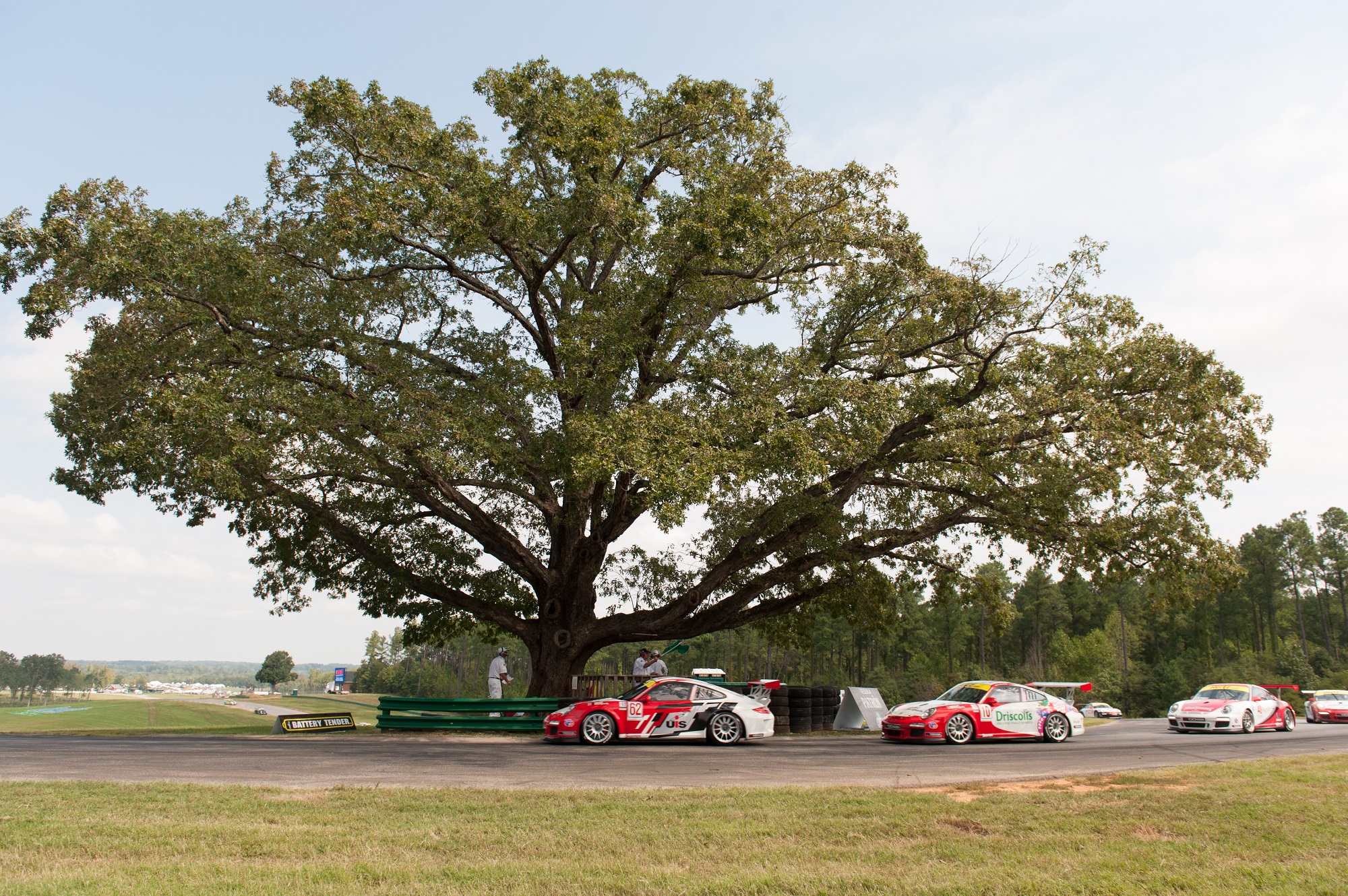
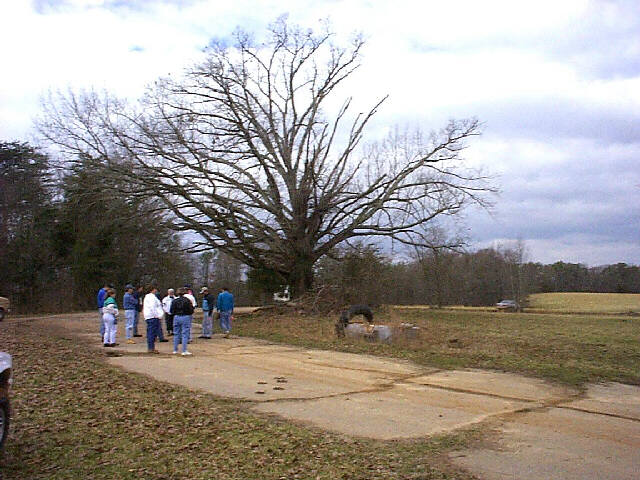
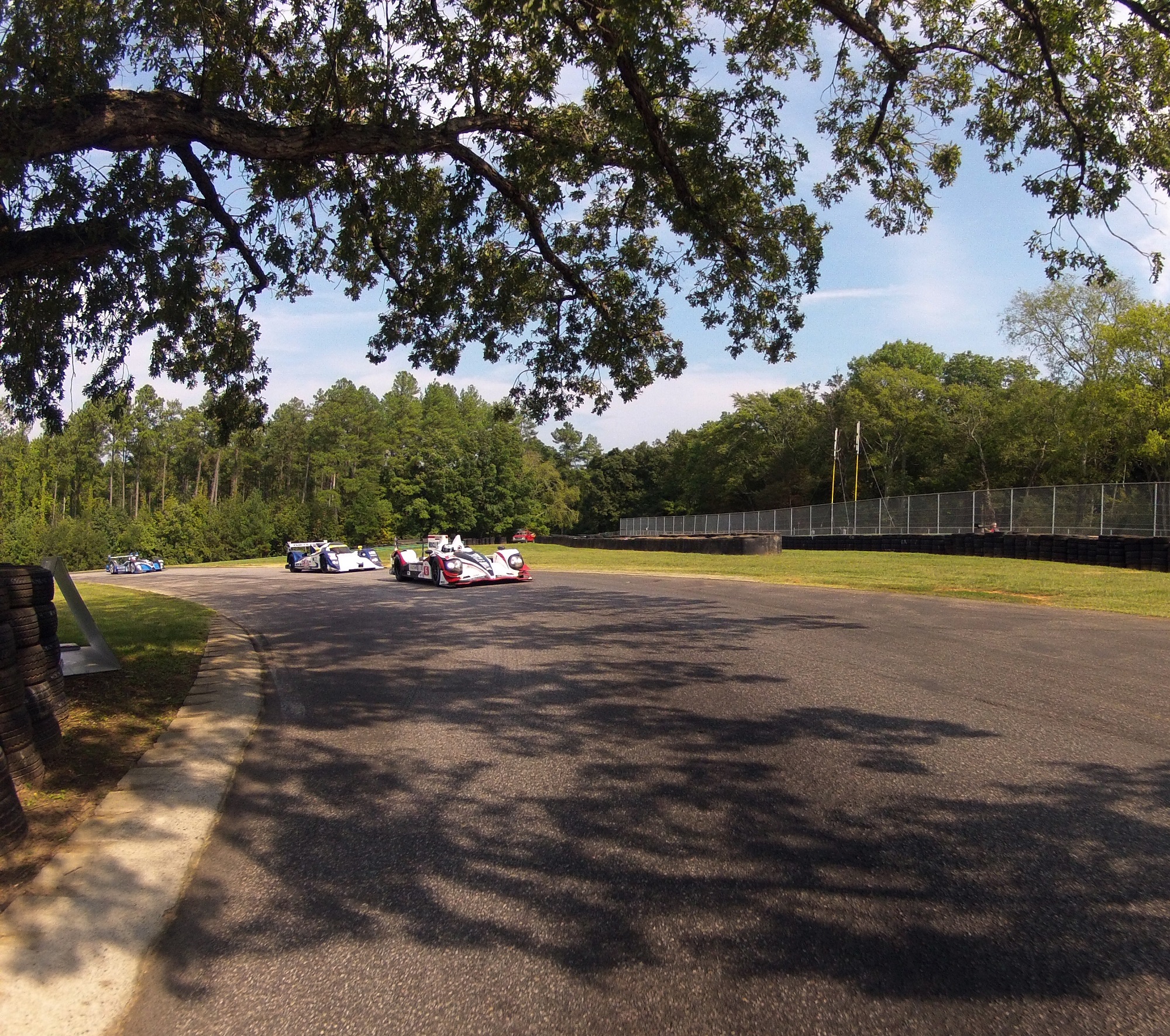
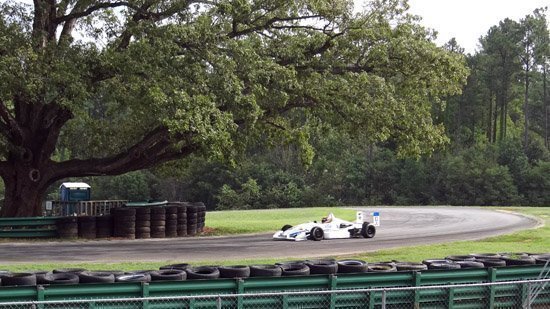
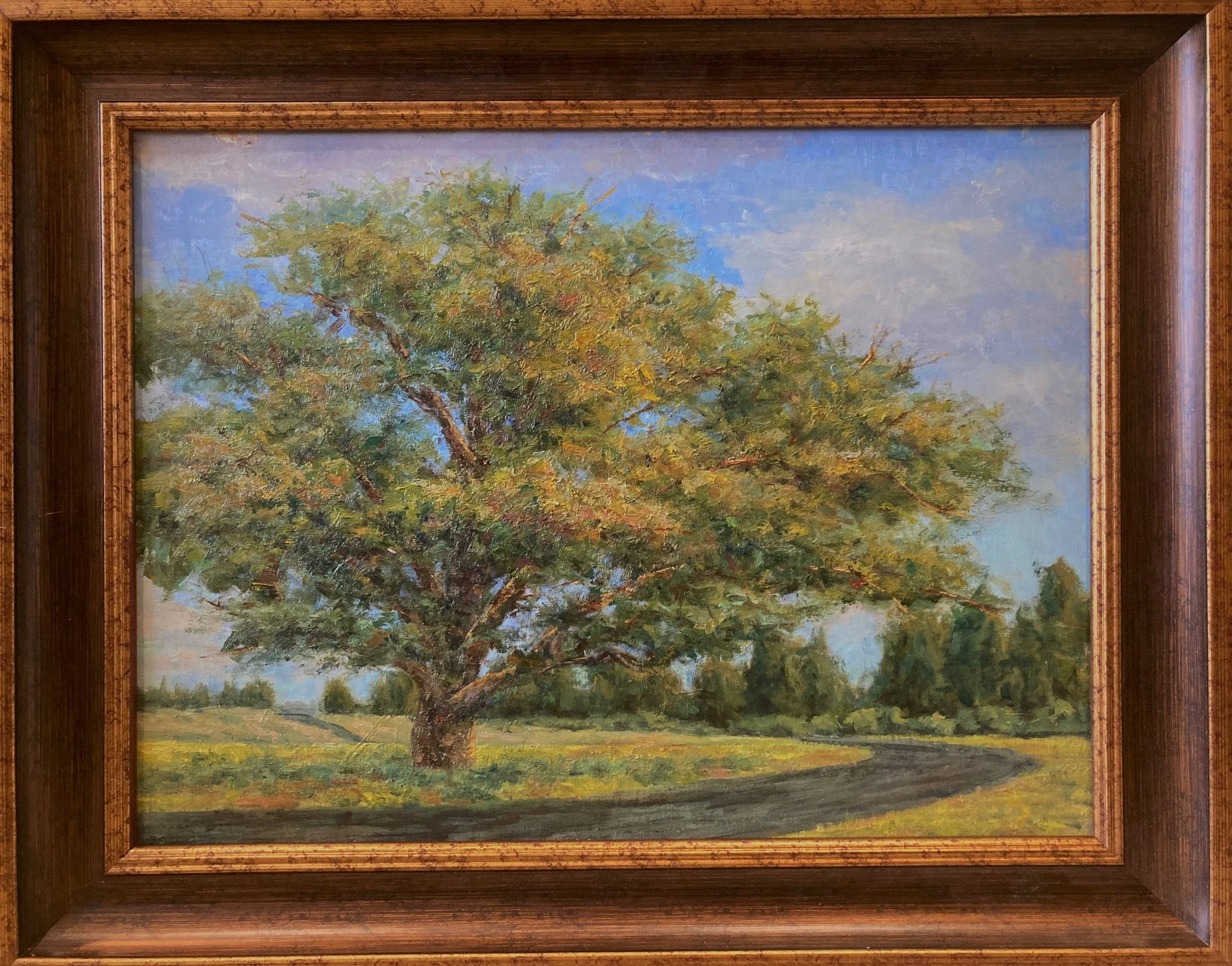
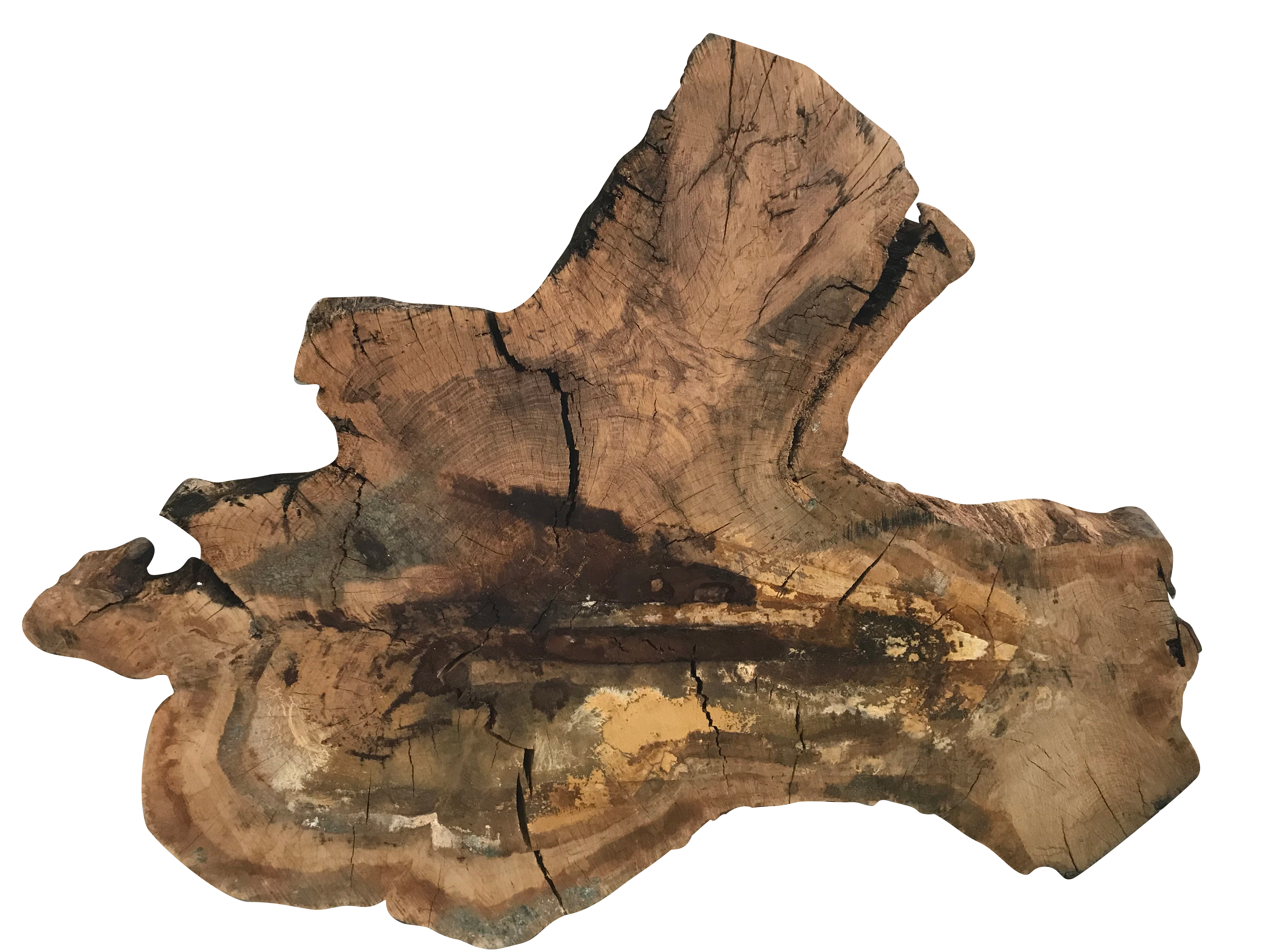






The Oak Tree
Before its fall in July of 2013, the famous Oak Tree stood proudly at the South End of the track.
Press Release announcing the fall of the Oak Tree:
Alton, VA, July 2, 2013 – There is no easy way to say this – The Oak Tree is down. The iconic landmark that has come to symbolize VIRginia International Raceway has fallen, broken at the base.
“We are in shock and mourning,” said track owner Connie Nyholm. “We’re too busy right now trying to get the racetrack cleared of debris. We are grateful no one was at the corner station or on track when she fell and that there is no damage to the track surface. Tomorrow we’ll begin to get our arms around what this really means, but I can tell you that it means more than any of us want to think about today.”
The massive oak stood sentinel at the south end of the racetrack, looking out from the highest point on the property at the sprawling facility and its 3.27 miles of serpentine asphalt that has come to be regarded as the most challenging in North America, if not the world.
Its branches shaded the apex of the legendary Oak Tree Turn, looking down on the likes of Roger Penske, Walt Hansgen, Tom Kristensen and Richard Petty as well as a host of race drivers from the brilliant to the not so.
“I can tell you this,” Nyholm said, “The Oak Tree will live on in our minds and hearts, and we will give it an appropriate send-off.”
The Tavern
The Original Architecture in the plantation house, now known as The Tavern, was the work of Thomas Day, an American furniture craftsman and cabinetmaker in Milton, Caswell County, North Carolina. Born into a free Black family in Dinwiddie County, Virginia, Day moved to Milton in 1817 and became a highly successful businessman, boasting the largest and most productive workshop in the state during the 1850s. Day catered to upper-class white clientele and was respected among his peers for his craftsmanship and work ethic.
The signature of Contractor W.T. Farley is still in the alcoves of what used to be the Parlor. It is signed by W.T. Farley on July 21, 1876, when the construction was completed.
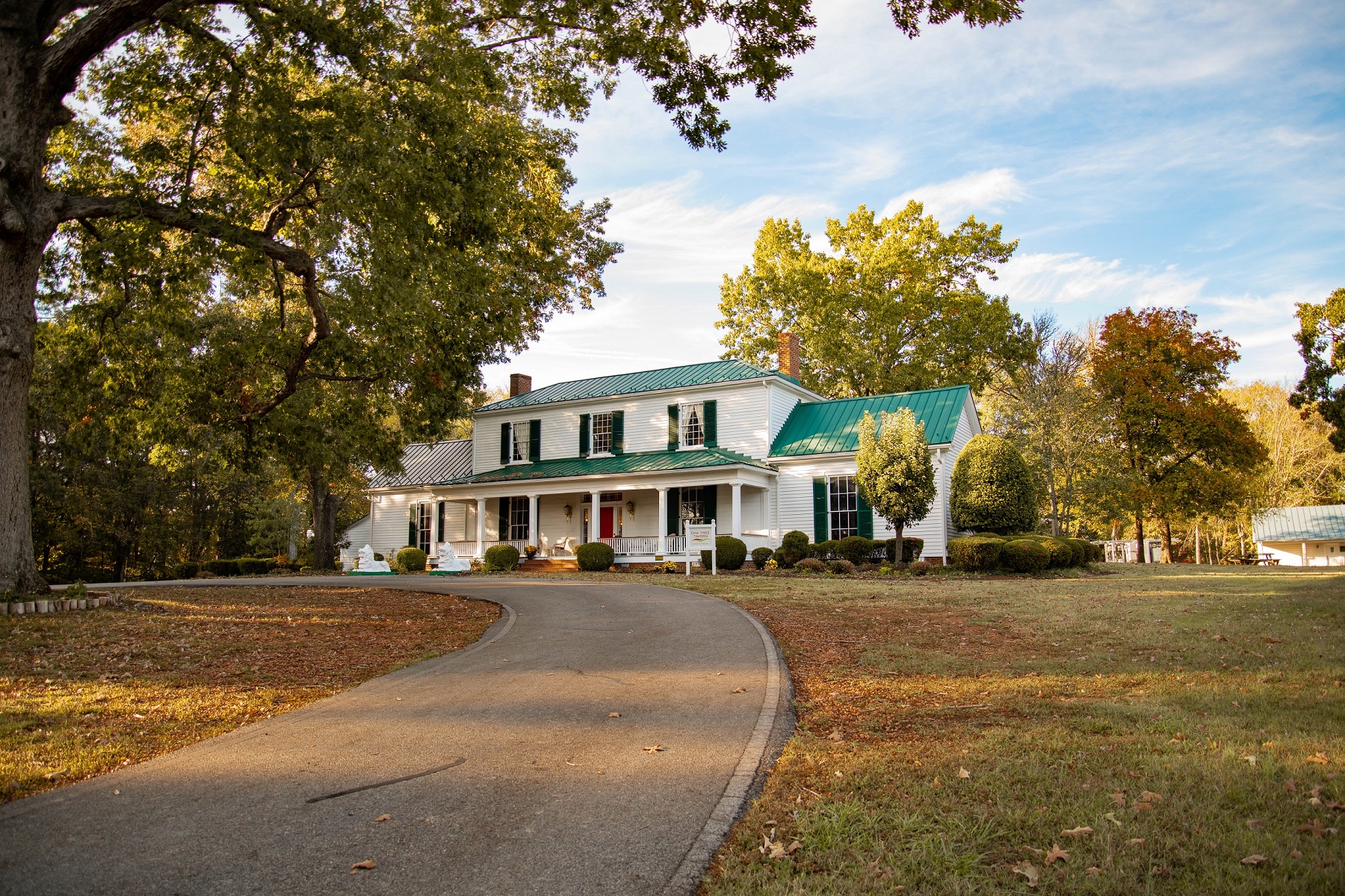
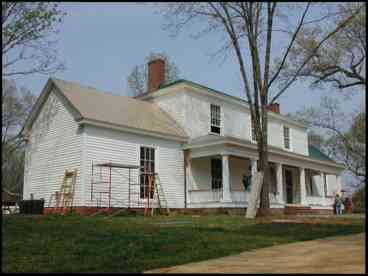
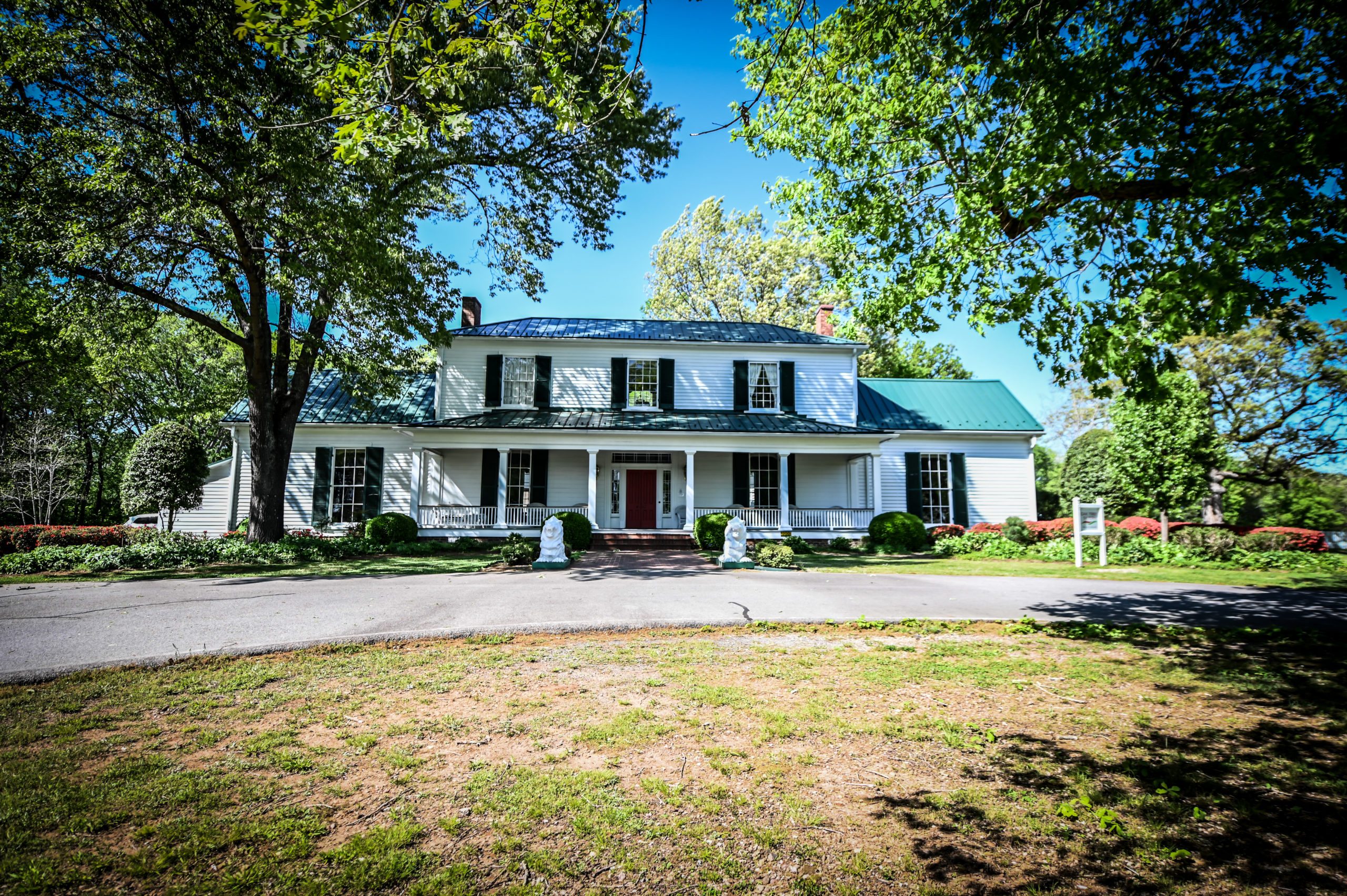
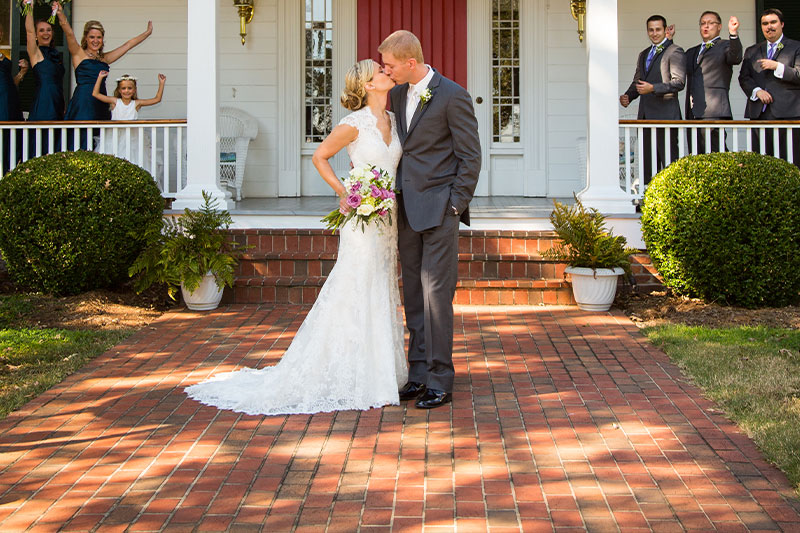
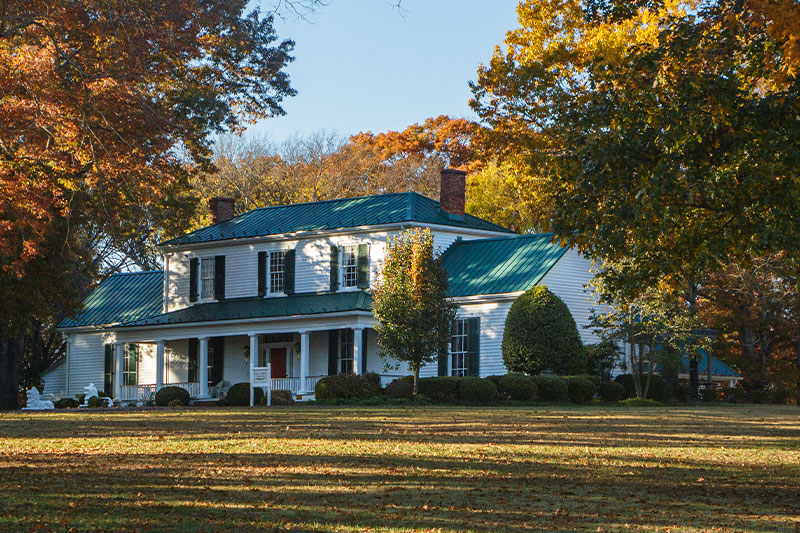
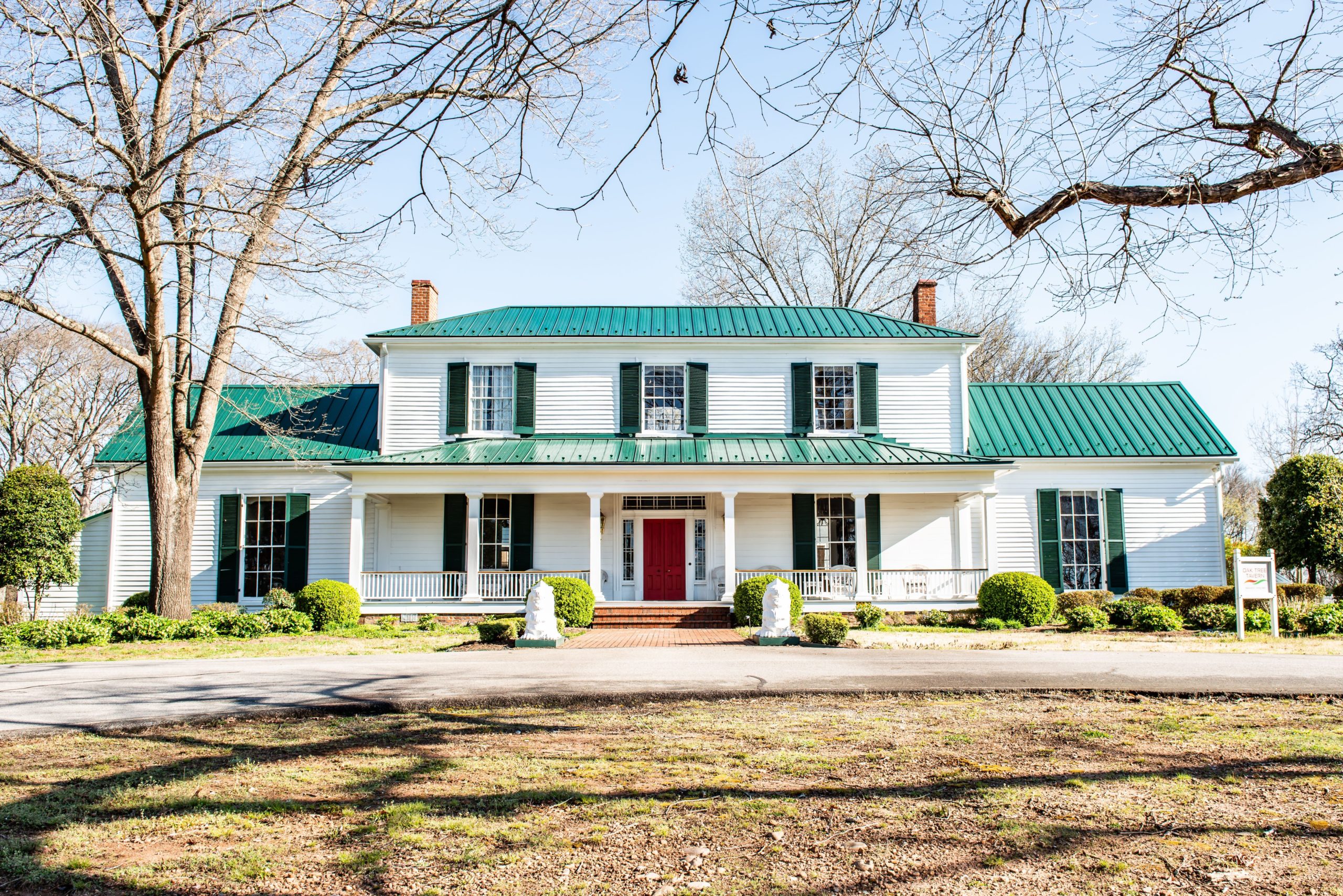
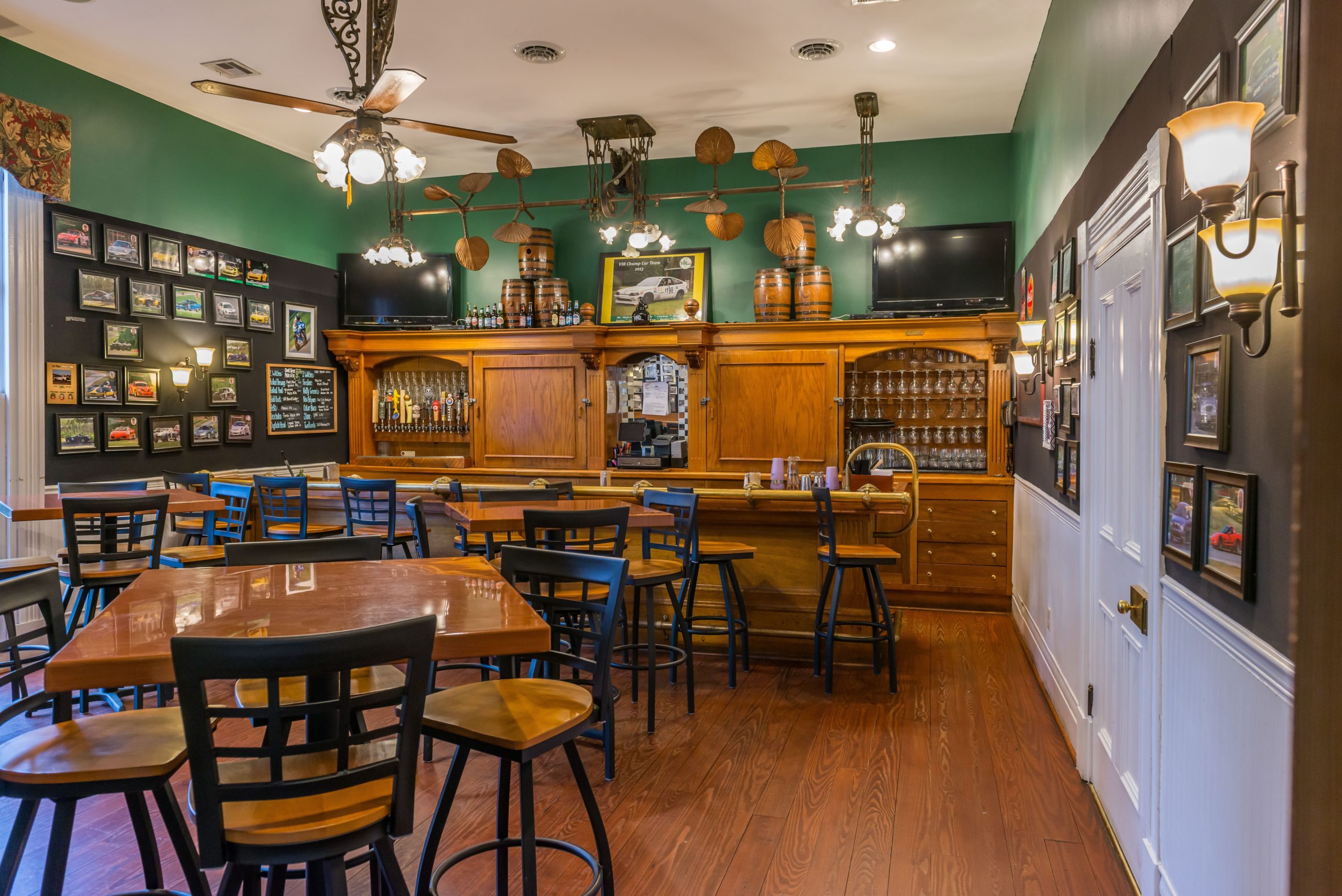
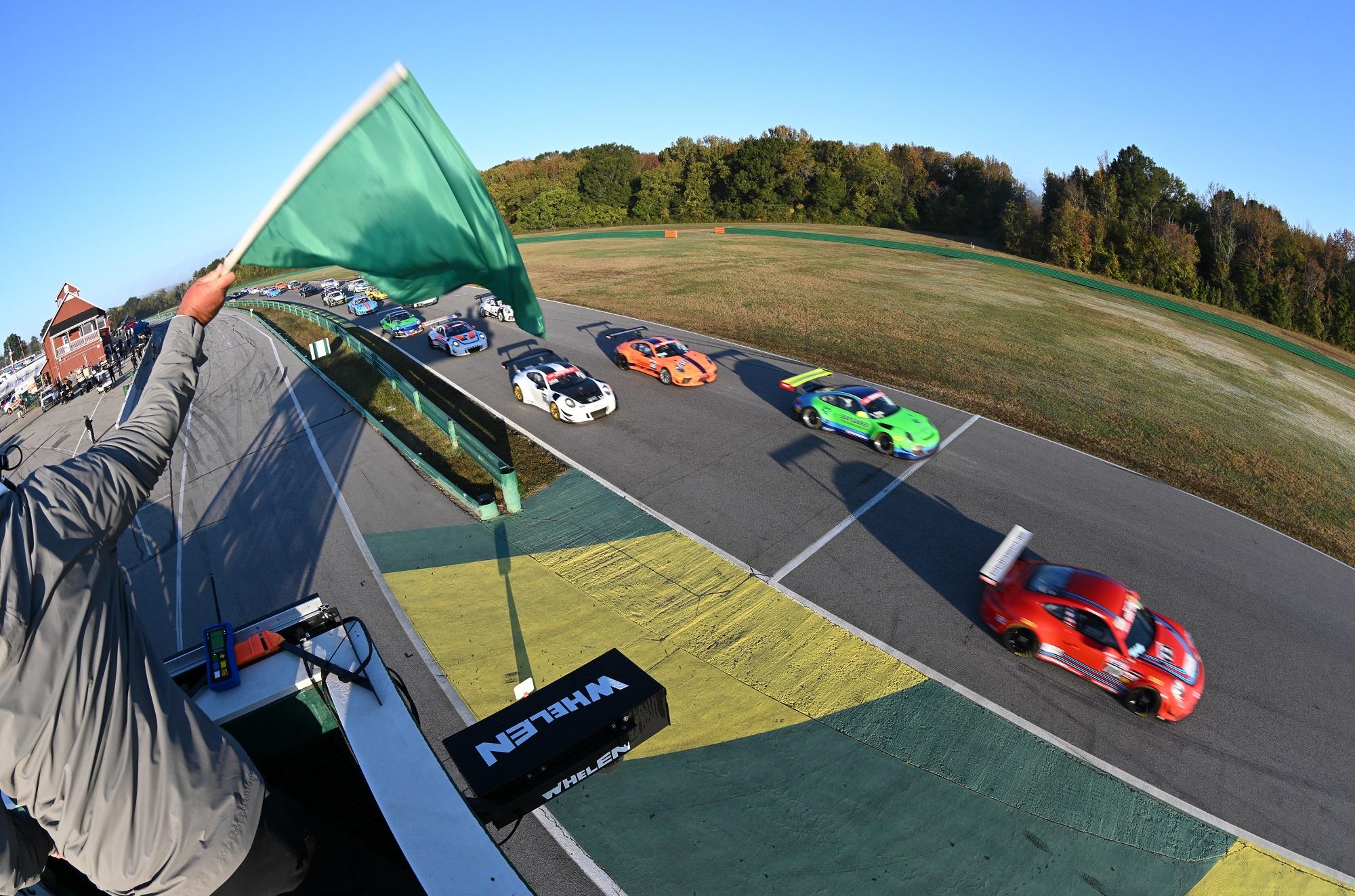
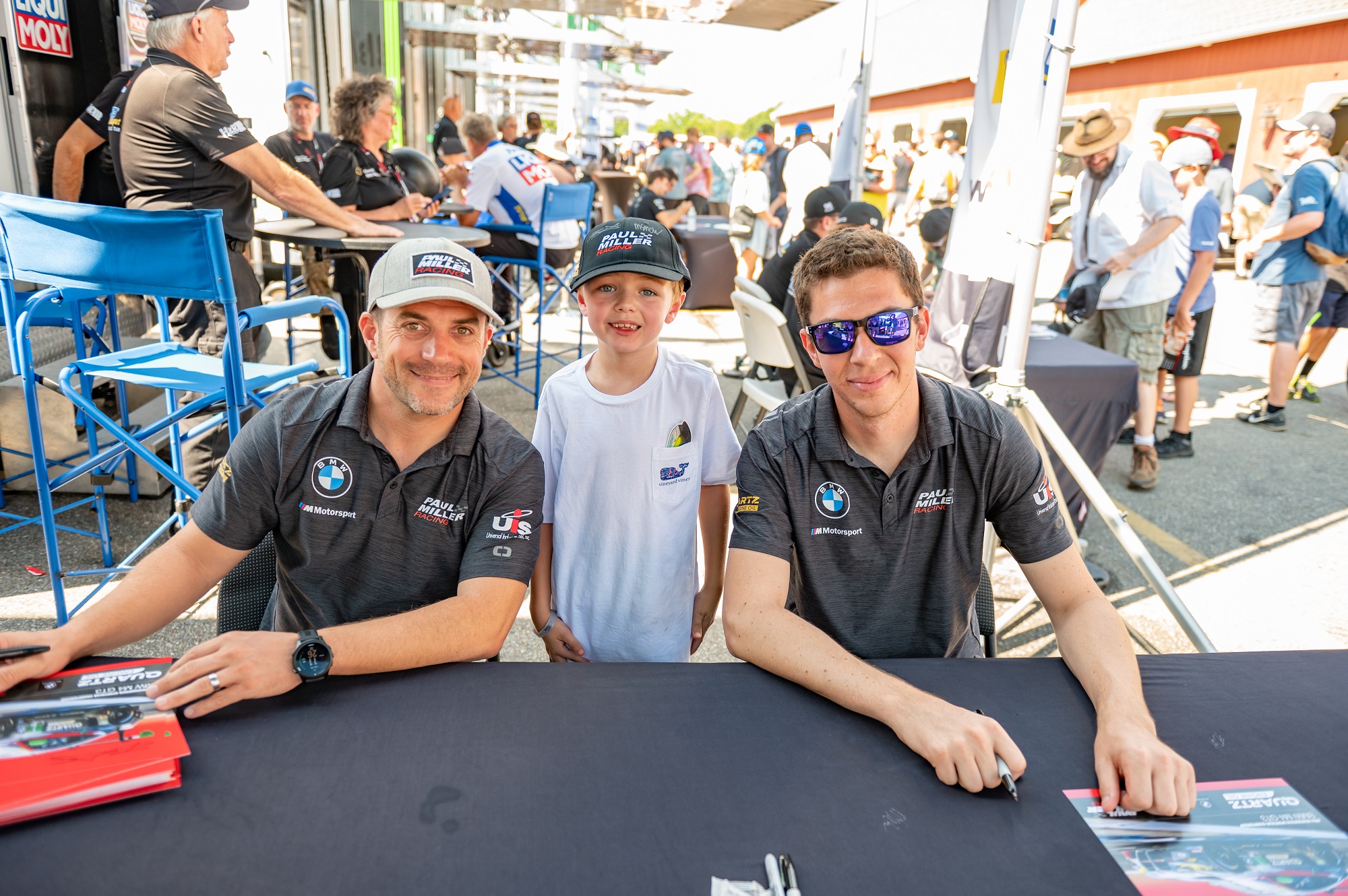

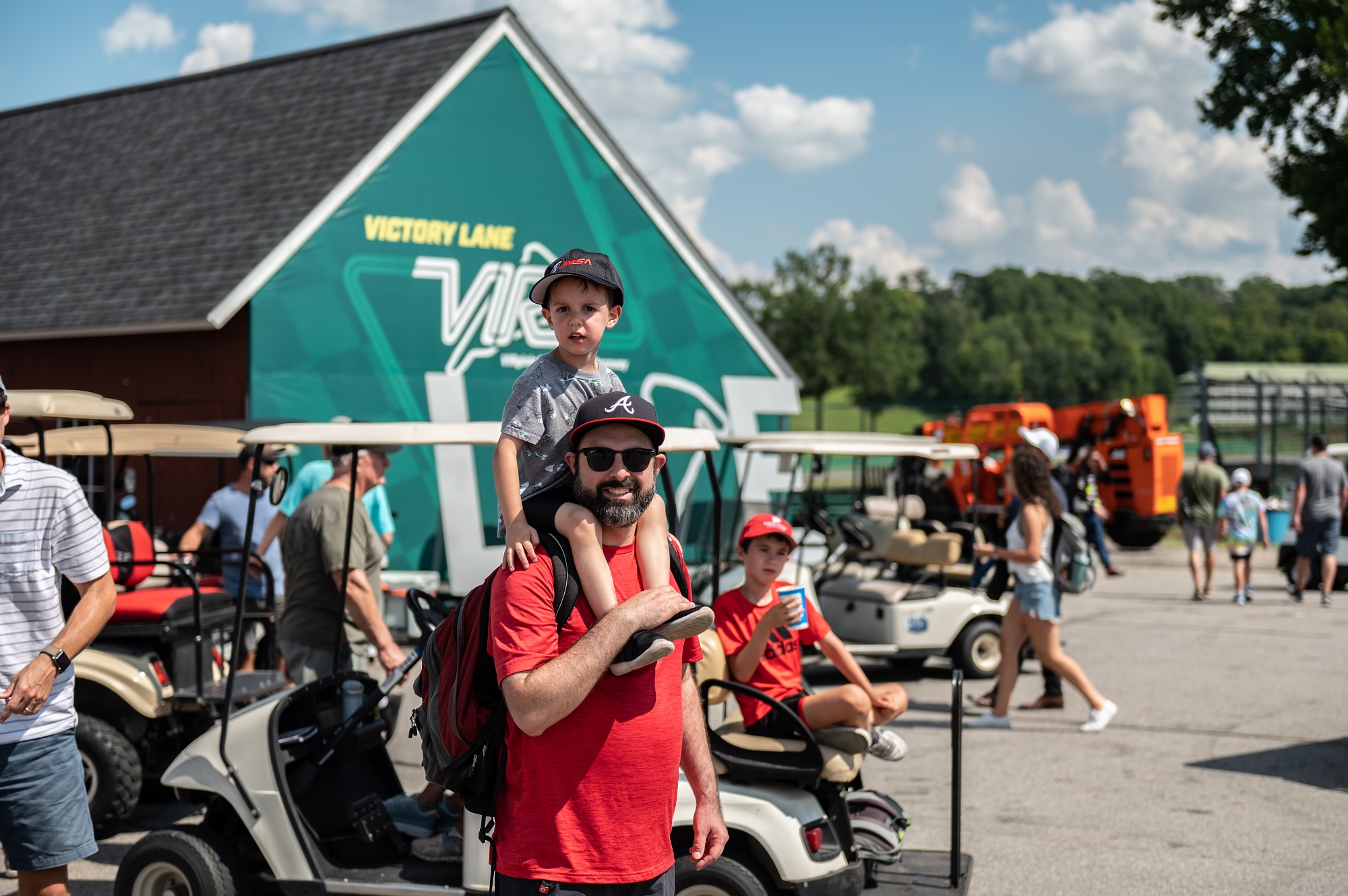

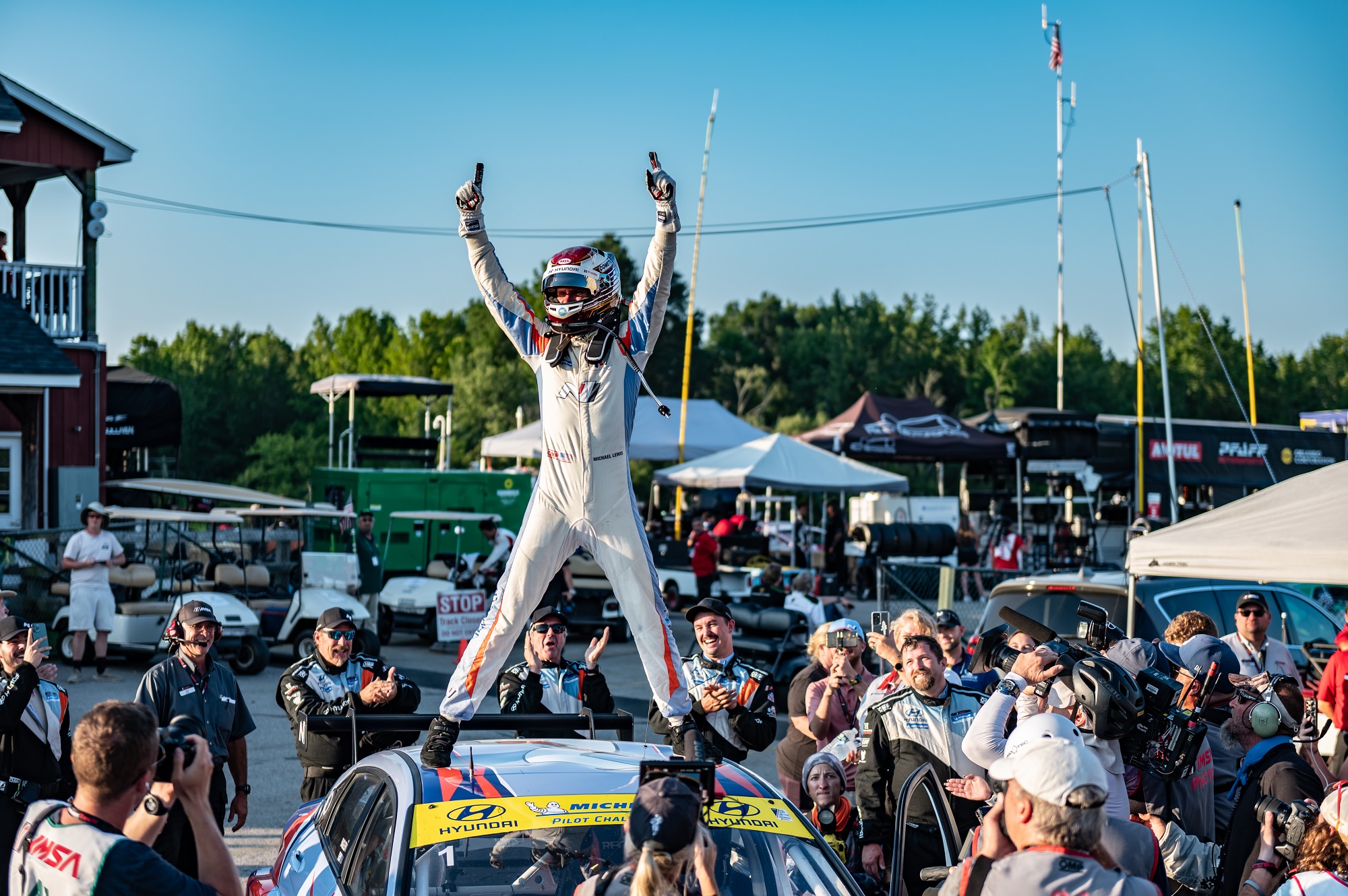
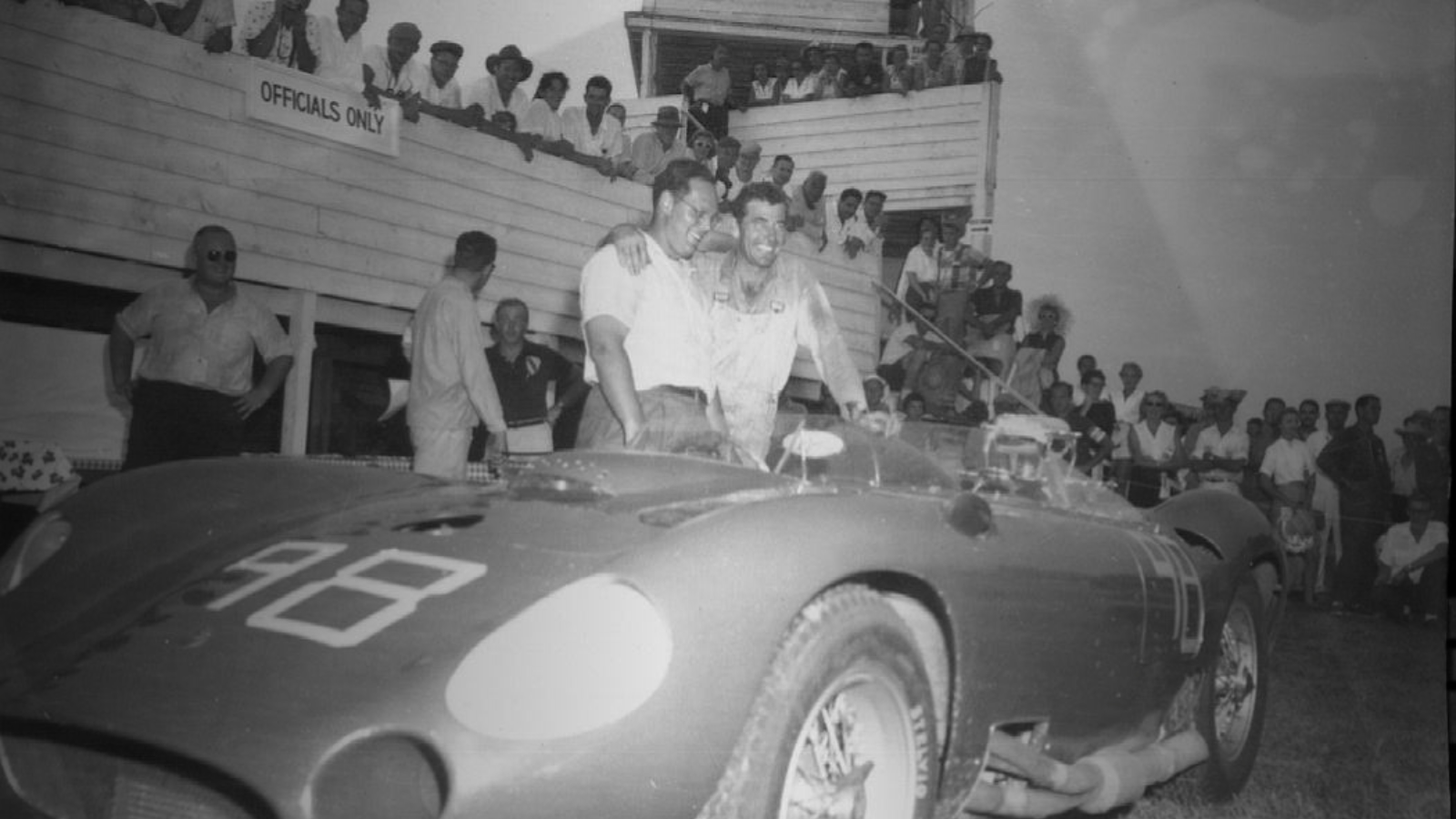
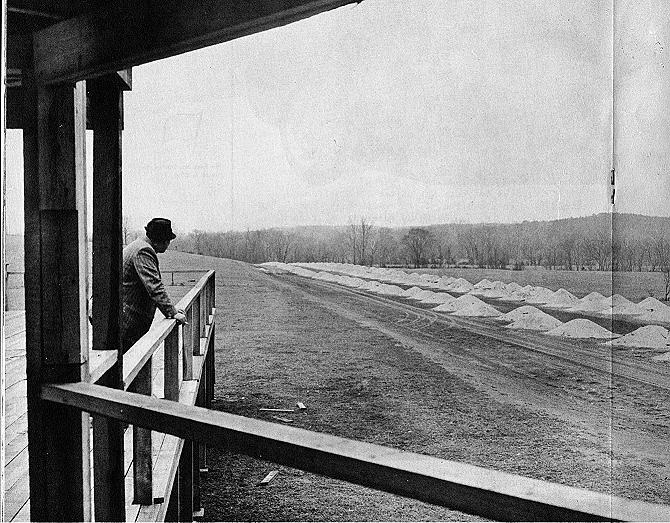
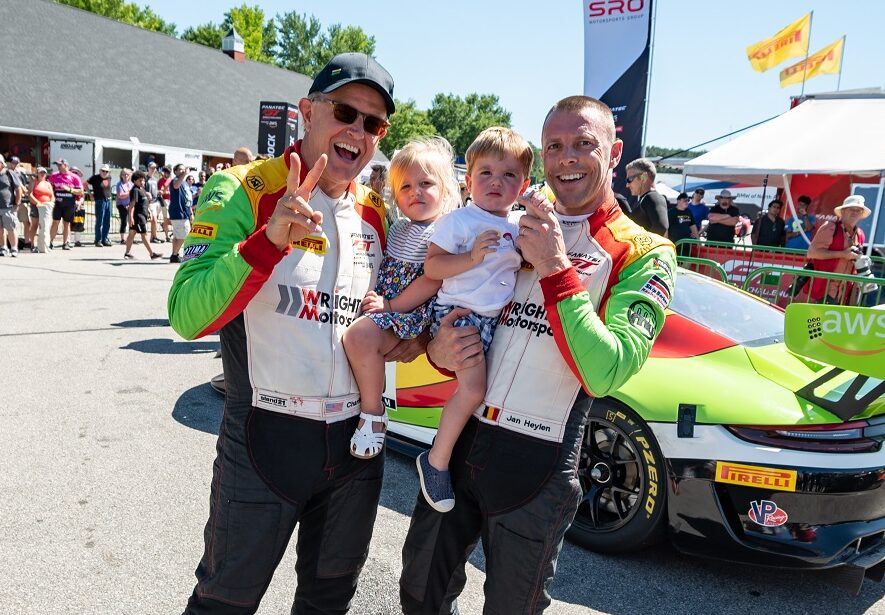
Our Legacy
Today VIRginia International Raceway boasts a variety of track configurations, lodging accommodations, dining options, and immersive experiences to fit all ages and interests. “VIR is the kind of place that you take a little with you when you go, and leave a little bit of you behind. We are who we are because of our history and work every day to be better than before.” – Co-Owner Connie Nyholm
VIR has many plans to continue to improve the track for racers, spectators and staff alike.
Our Legacy
Today VIRginia International Raceway boasts a variety of track configurations, lodging accommodations, dining options, and immersive experiences to fit all ages and interests. “VIR is the kind of place that you take a little with you when you go, and leave a little bit of you behind. We are who we are because of our history and work every day to be better than before.” – Co-Owner Connie Nyholm
VIR has many plans to continue to improve the track for racers, spectators and staff alike.









Videos and More
Dinner With Racers - Harvey Siegel
Podcast
“VIRginia International Raceway as we know it today, simply wouldn’t exist without the initiative of Harvey Siegel. A lifelong vintage racer who found great success in New York Real Estate, Harvey combined his passions to resurrect the legendary track that originally shut down in 1974. As a self-described “Jewish Boy from New York,” trying to convince the locals of Alton, Virginia that rebuilding the historic track some 20 years later was in the best interest of the community was a unique process, and one uniquely suited to this quirky character.”
Listen Below!
Couresty of www.DinnerWithRacers.com 2019
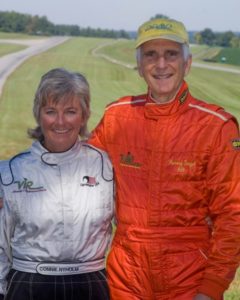
Watch Our YouTube Channel
Playlist
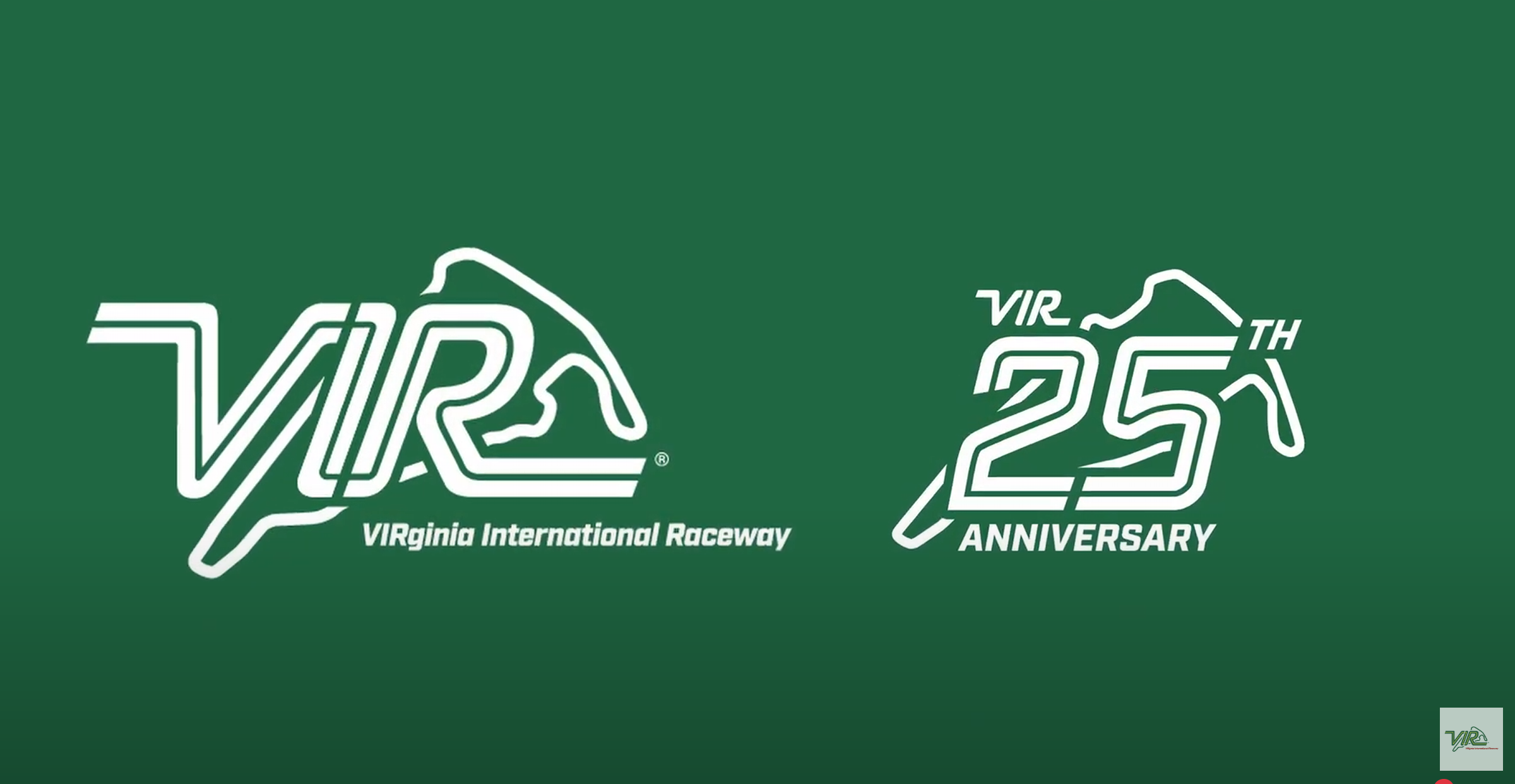
1:47
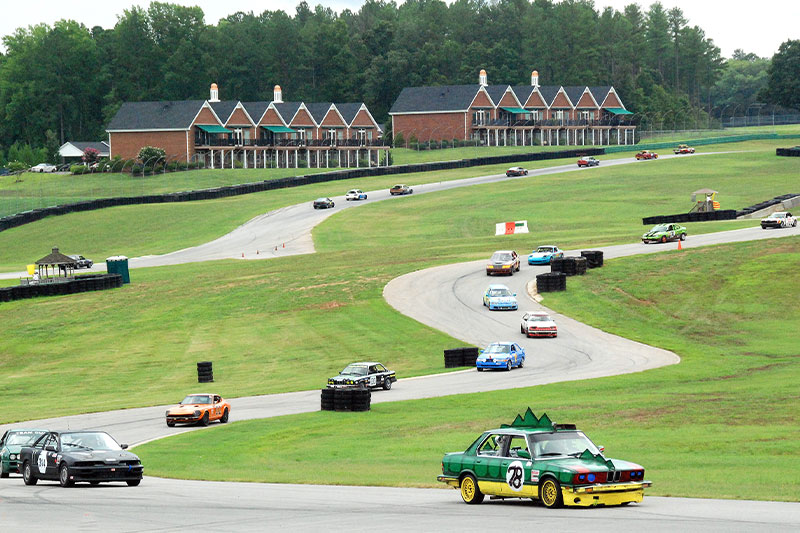
0:16
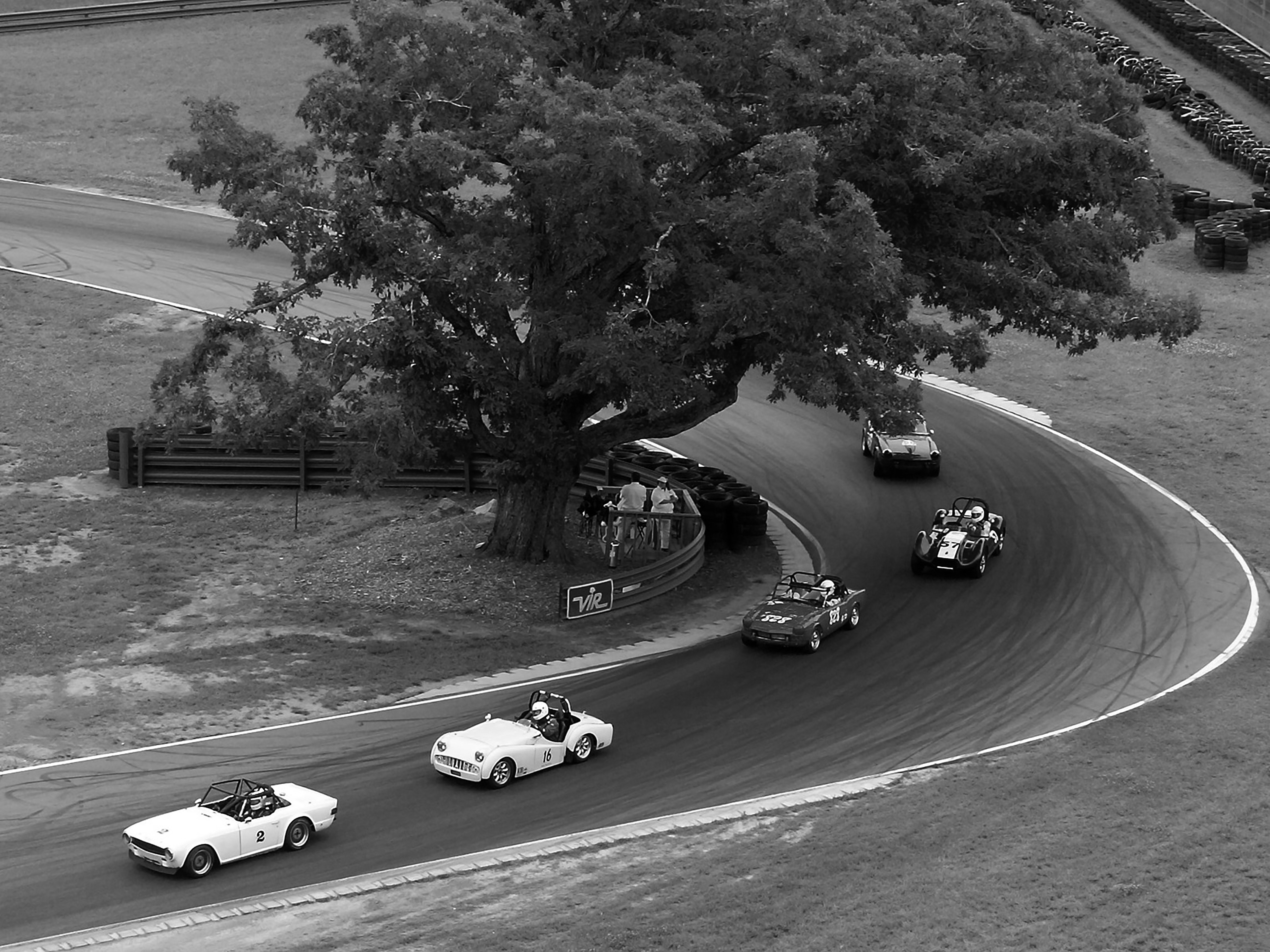
0:16
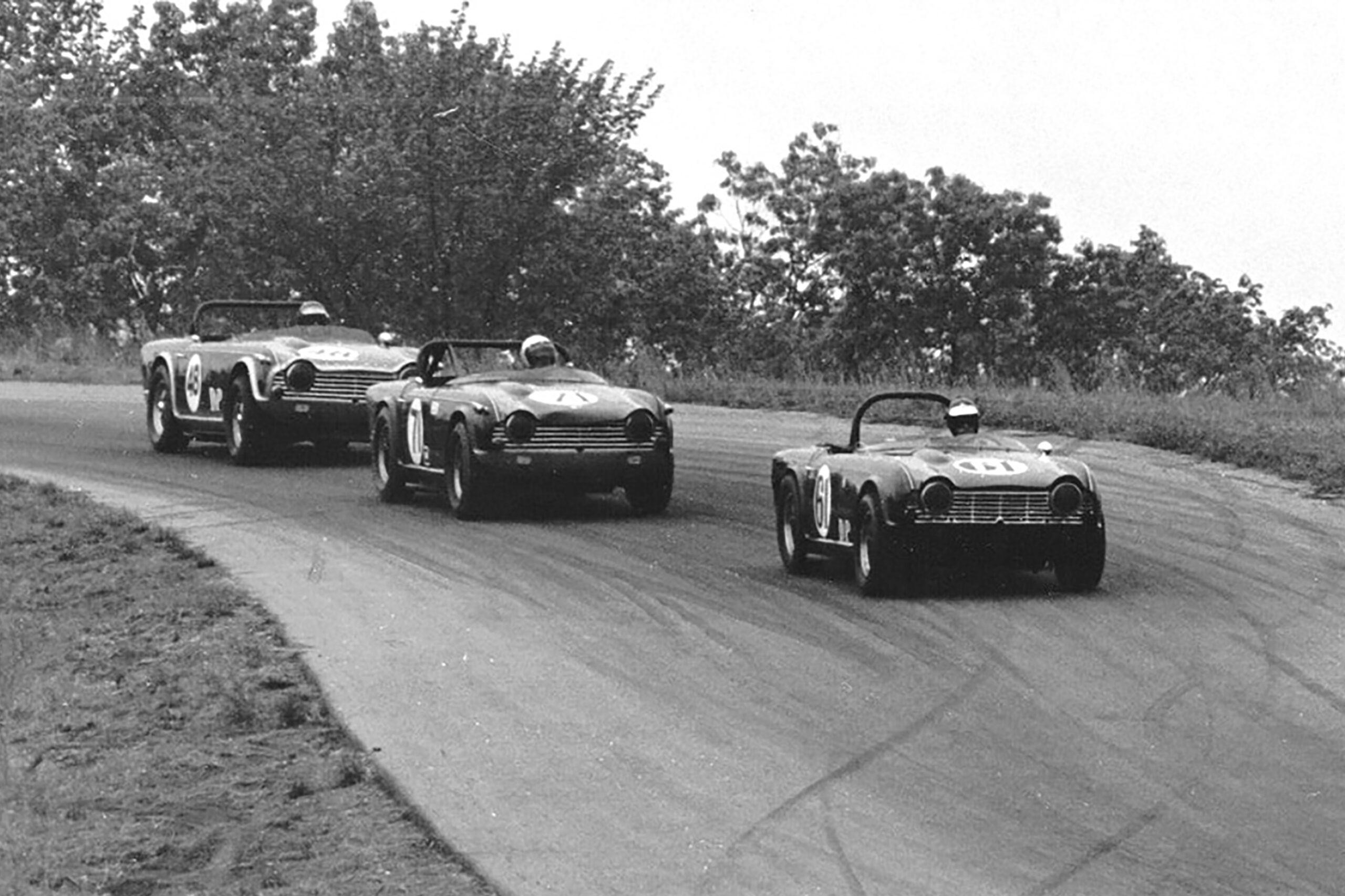
0:16
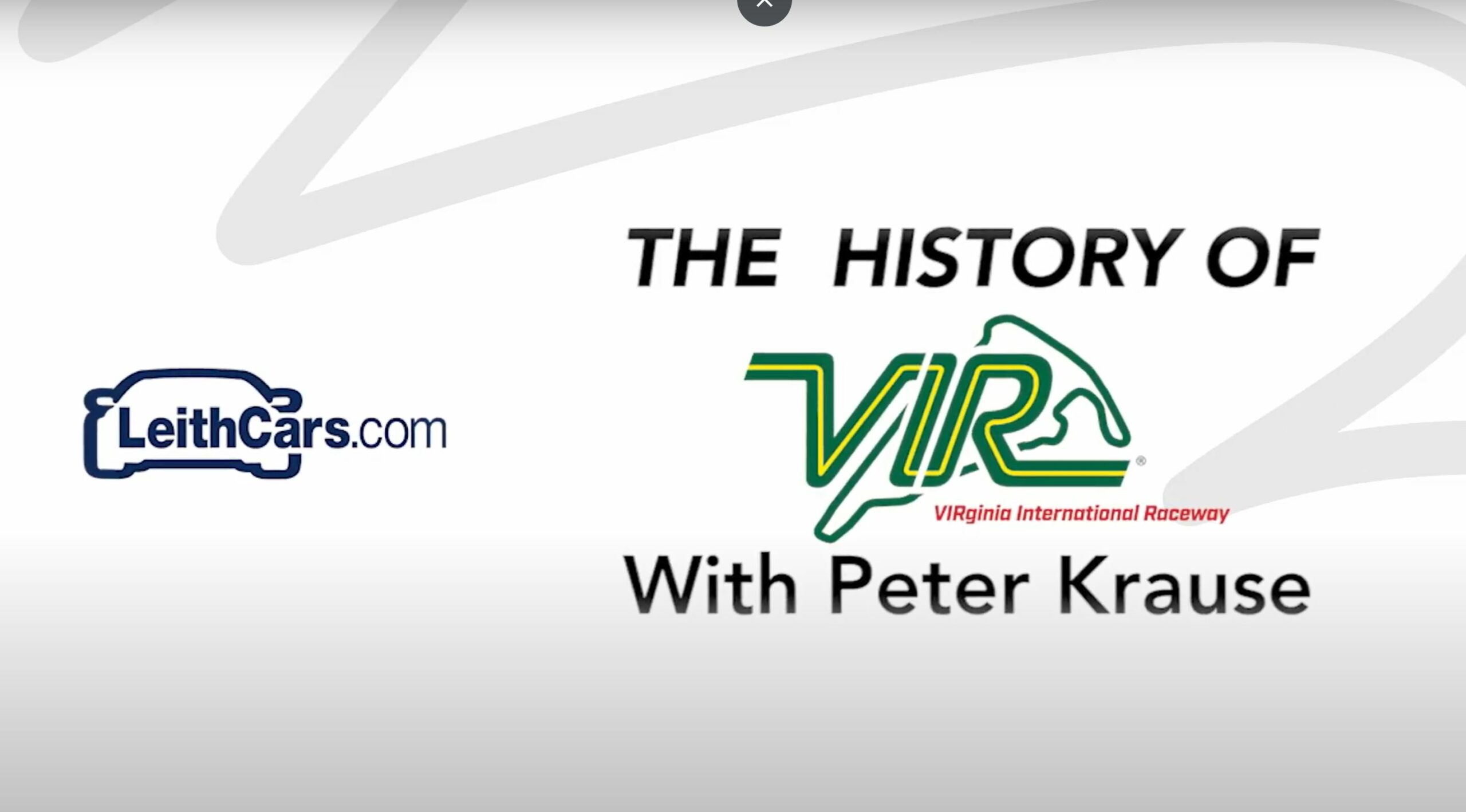
0:16
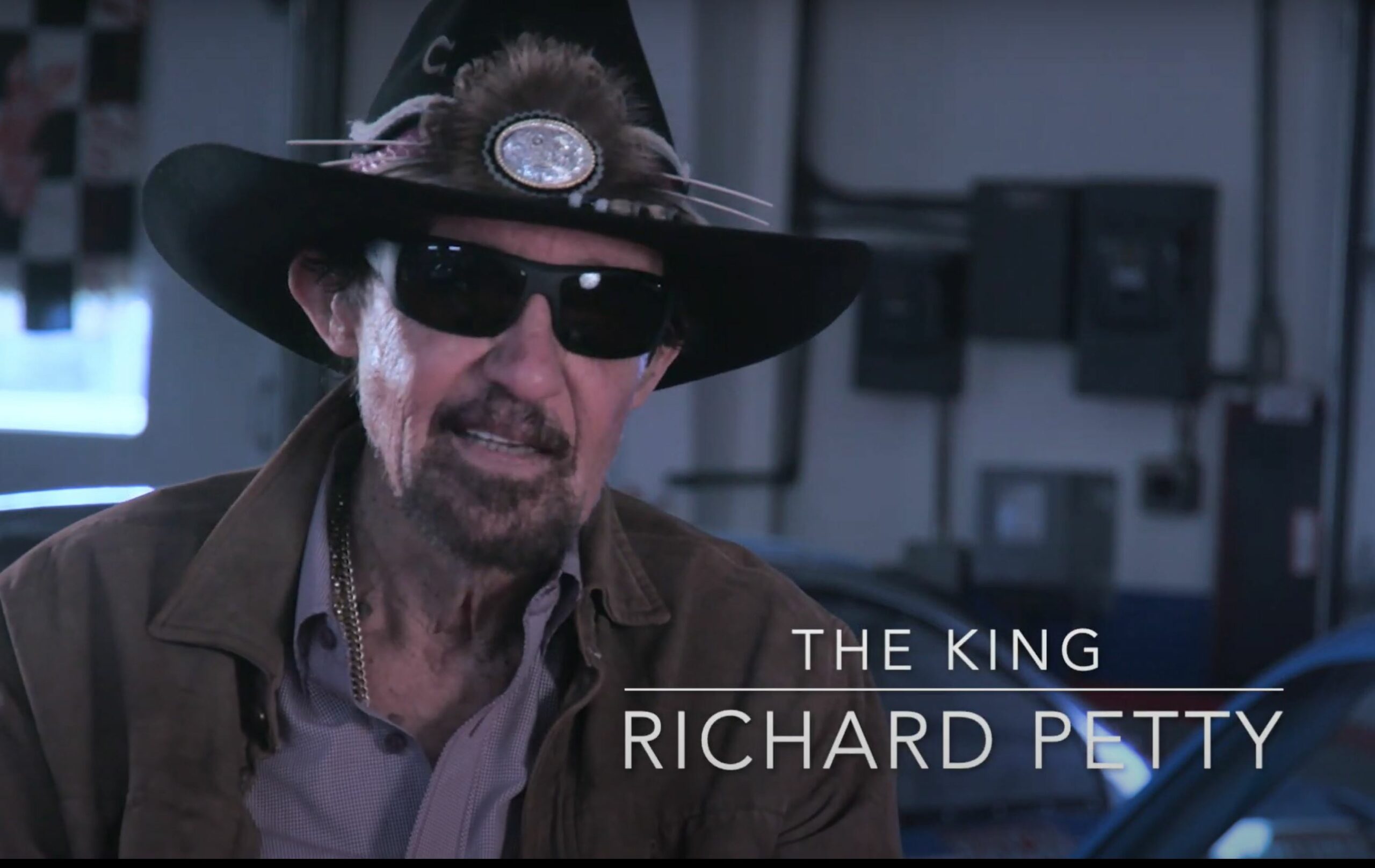
0:16
Shop the Legacy Collection
Shop our VIR Legacy Collection online or in store at TMI located in the North Paddock! Sign up for our e-newsletter and follow us on social media for the release of new designs and collect them all!




